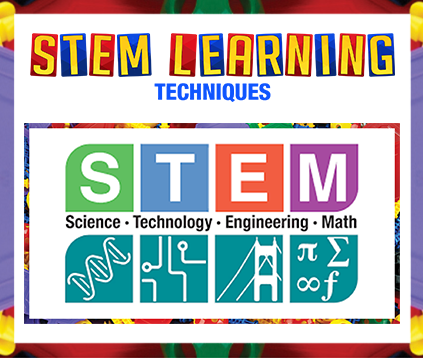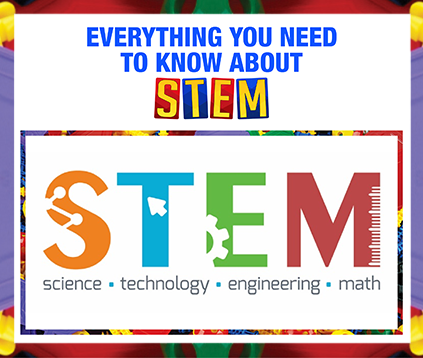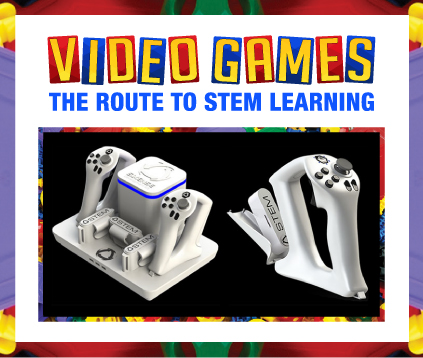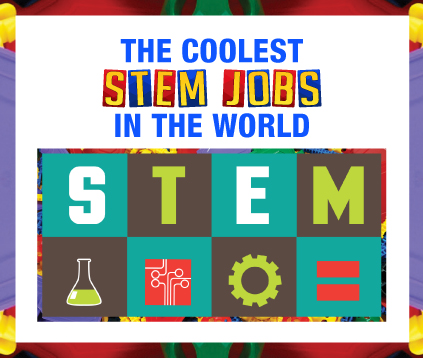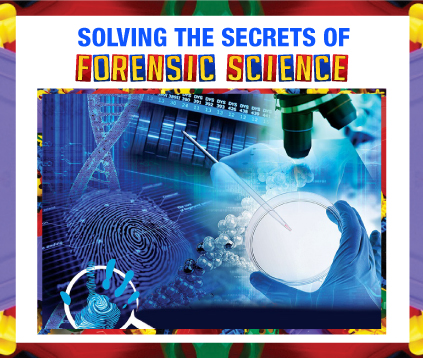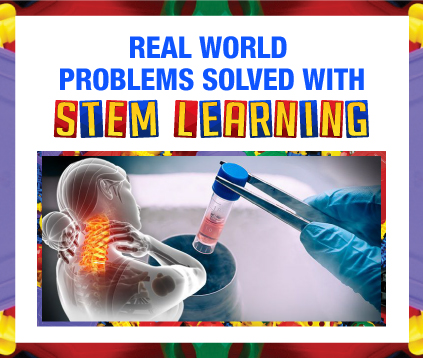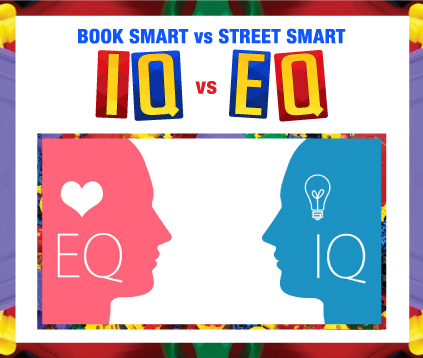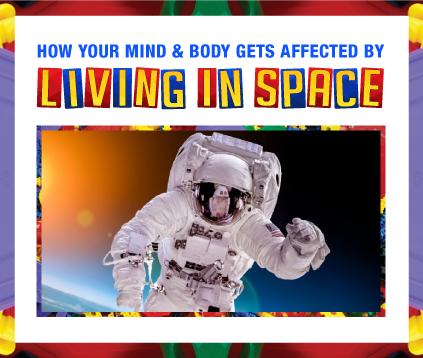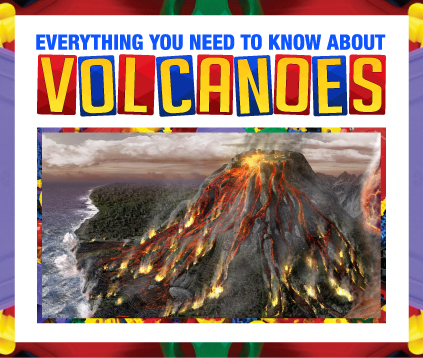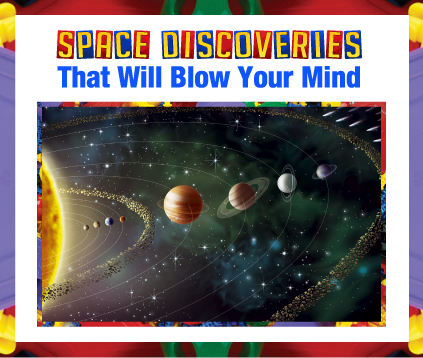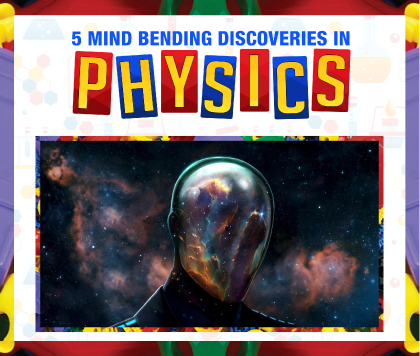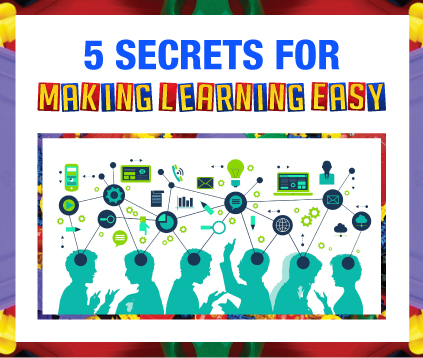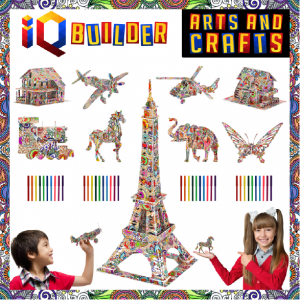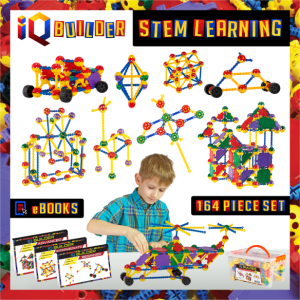
STEM – STEM LEARNING TECHNIQUES

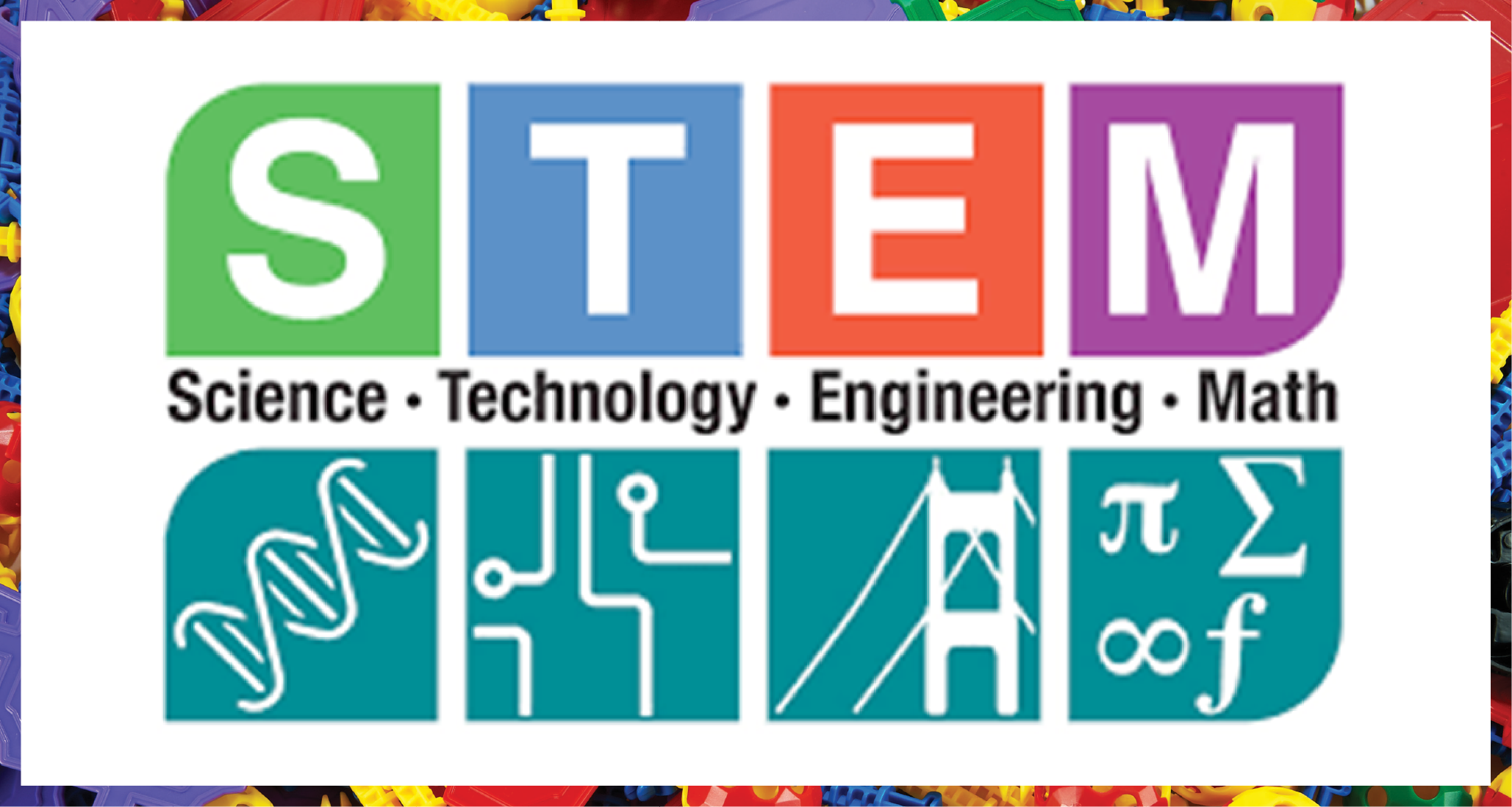
WHAT IS STEM?
STEM learning at the early stages is vital to allow students to understand science, technology, engineering and mathematics so they can get ahead on a national and international level. Currently American students are falling behind in science and math according to the report by Trends in International Mathematics and Science Study. The study found US students ranked 9th and 10th

for eight grade math and science respectively, and were not even in the top ten for 4th Grade math. Recognizing the need for STEM-based learning, teachers and schools are incorporating the following techniques into the curriculum at the pre-school and primary levels to help students develop these skills.
4 KEY STEM LEARNING TECHNIQUES FOR CLASSROOMS

Reflection
Teachers make use of what already exists in the curriculum and refine it to reflect the core STEM principles. Lessons are made interesting and activities become a useful blend of play and learning. Instead of presenting facts through books and videos, ideas are put forward through questions and problems. Teachers focus on incorporating questioning techniques in the classroom to encouragestudents to inquire about life. Some instructors use an exciting project like building a structure from blocks or making chocolate-chip cookies. This encourages kids to ask questions like, ‘How can we divide these cookies for a group?’ or ‘How can I make my block-skyscraper tall but not let it topple’?
Reflection
Teachers make use of what already exists in the curriculum and refine it to reflect the core STEM principles. Lessons are made interesting and activities become a useful blend of play and learning. Instead of presenting facts through books and videos, ideas are put forward through questions and problems. Teachers focus on incorporating questioning techniques in the classroom to encourage students to inquire about life. Some instructors use an exciting project like building a structure from blocks or making chocolate-chip cookies. This encourages kids to ask questions like, ‘How can we divide these cookies for a group?’ or ‘How can I make my block-skyscraper tall but not let it topple’?
Modification
Learning is made fun by adding components of design, build and experimentation. Children learn through playful experiences and involving them in hands-on projects is an effective way to impart knowledge. This approach helps create a learning environment in order to encourage investigation and discovery. Most teachers use interesting materials like cotton balls, beads, straws, popsicle sticks, erasers and cardboard to help kids learn measurement. They do this by designing a tool to calculate the volume, mass and area of different objects.Engagement
This approach incorporates STEM learning with a focus-on-fun element to make it a part of the everyday classroom. A successful STEM lesson keeps the students engaged and motivates them to solve problems. Such a lesson makes use of an inquiry-driven approach to spark the students’ curiosity, resulting in an interactive learning experience. For example, some teachers use faux money students can use to play buy-and-sell to learn about bartering, trading and purchasing.Collaboration
Open source channels like YouTube and Pinterest are an effective means for educators to share ideas. A great online learning platform for STEM where collaboration is encouraged is K3 STEM Science. It’s a productive hub with a wide range of resources for primary grade classrooms. Another noteworthy resource for teachers is the use of classroom blogs and personal educator blogposts to make instruction more STEM-centric.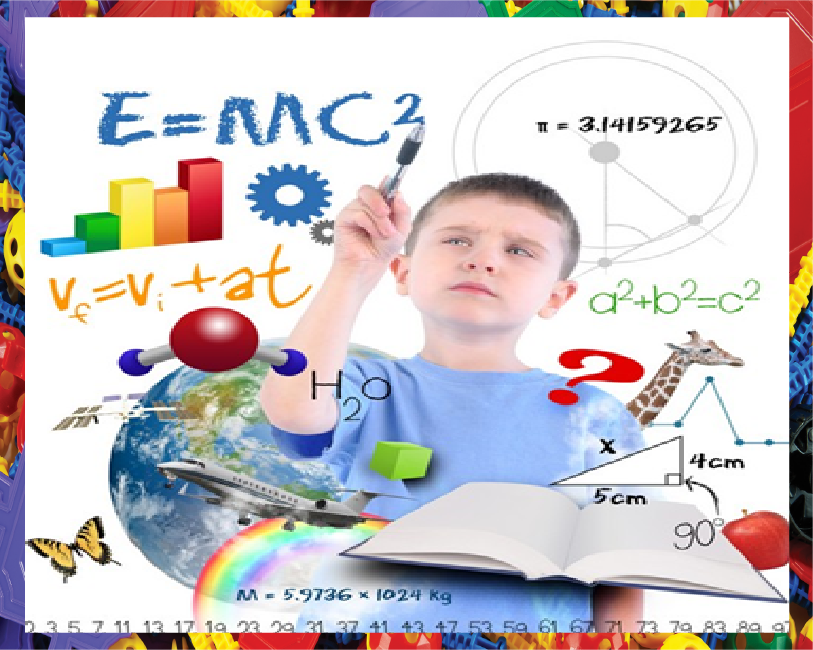
A study by the Carnegie Foundation Commission found that a nation’s capability to succeed and drive innovation through its workforce is largely dependent on a solid base of scientific and mathematics knowledge. Teaching math and science concepts to students at the elementary level sets the foundation for understanding, enabling them to excel in the future and help build a better world.
References
https://www.nwea.org/blog/2015/stem-primary-classroom-4-ways-educators-acclimating-stem-education/
http://naturalstart.org/feature-stories/engaging-children-stem-education-early
https://www.edweek.org/ew/articles/2013/03/06/23chesloff.h32.html
http://www.morehouse.edu/media/facultydevelopment/photos/STEM.jpg
https://www.childrenslearninginstitute.org/media/1168/thinkstockphotos-115752220.jpg
https://blog.ed.gov/wp-content/uploads/2014/06/Bracken-Photo.jpg
https://stemforkids.net/main/wp-content/uploads/2016/07/EducationalConnections.jpg
STEM – EVERYTHING YOU NEED TO KNOW ABOUT STEM
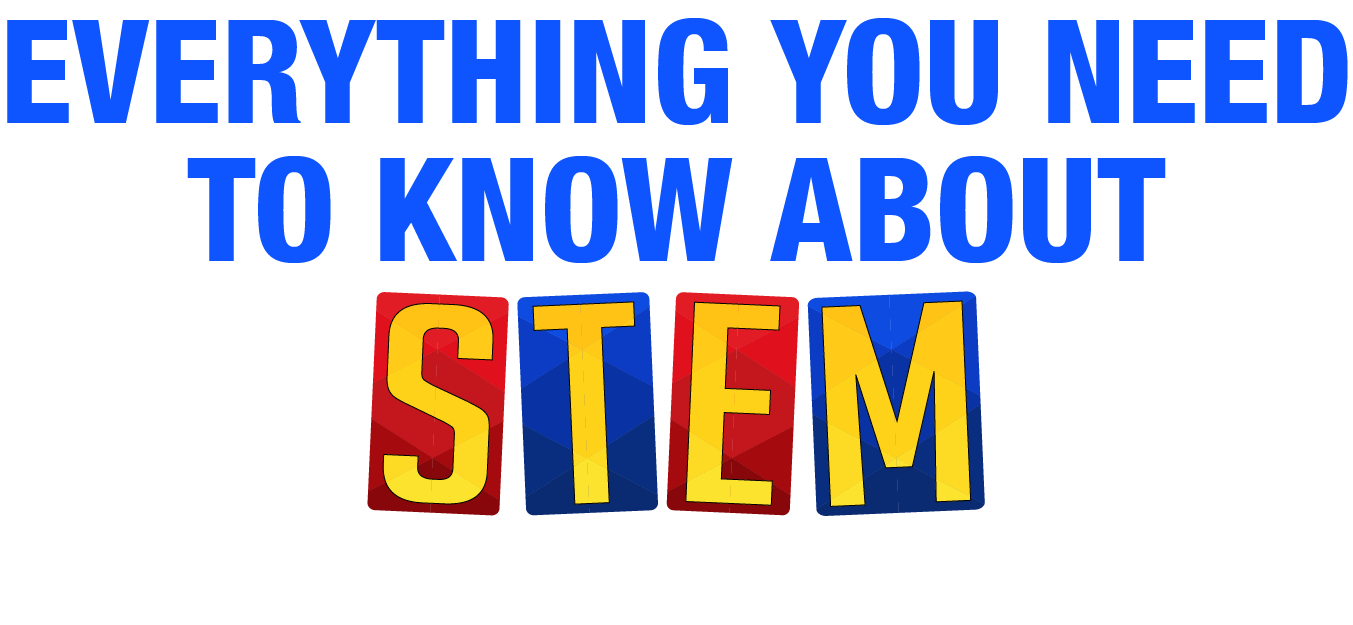
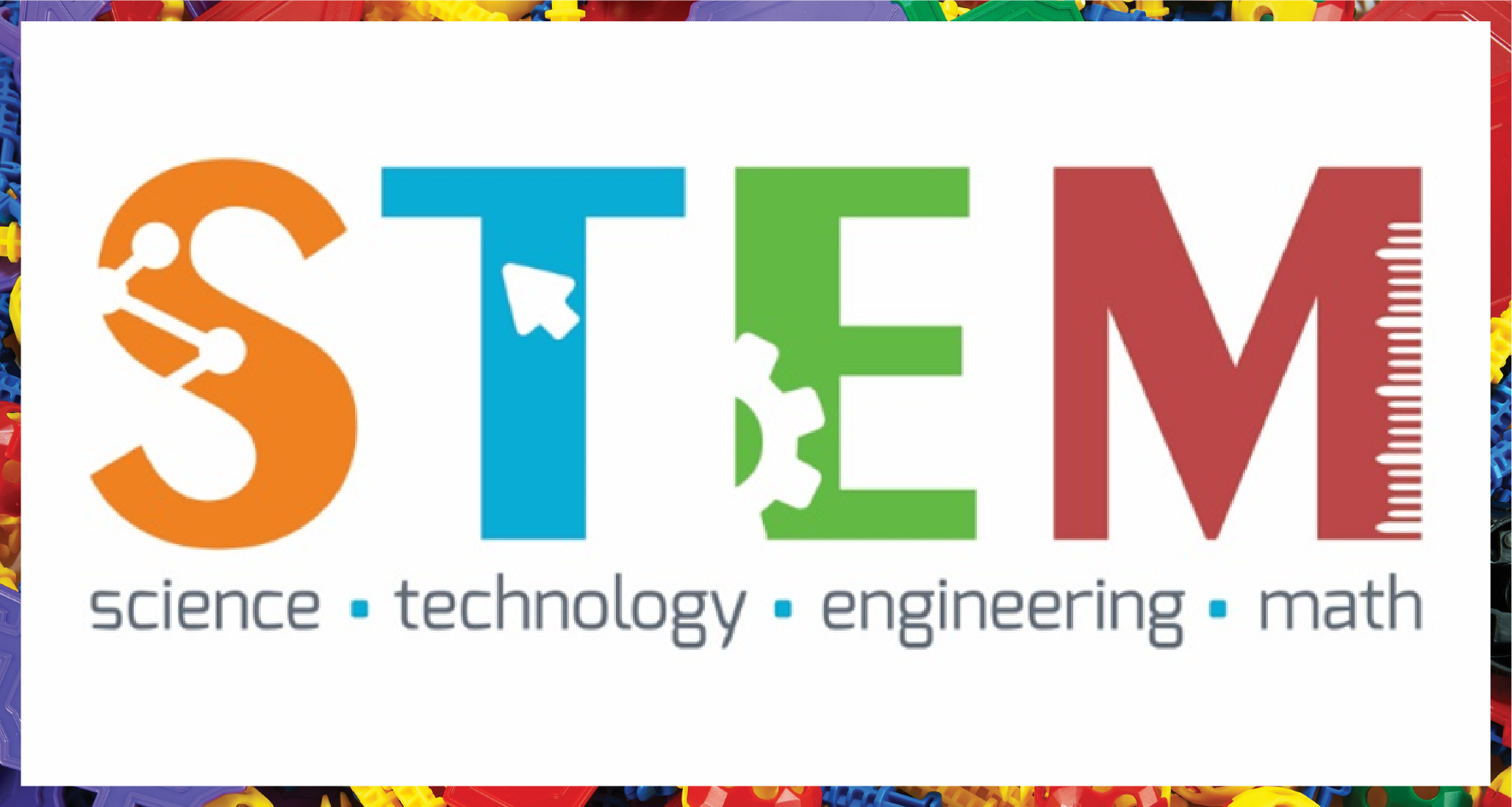
Do you know by 2038, 80% of US jobs will need technical skills? That’s not all, 8 out of 10 of the most in-demand workers listed by the US Department of Labor are STEM graduates, while the average payout for STEM jobs is 70% more than the national average. What does this imply? The thought-provoking statistics indicate the increasingly growing significance of empowering our children with the technical competencies needed to address real-world problems. Science, Technology, Engineering and Mathematics are four key areas shaping up the world today and will now predominantly shape the future of jobs. According to the Department of Commerce, STEM jobs are likely to grow twice as fast as other occupations by the end of 2018. This makes STEM learning necessary for a successful future.
WHAT IS STEM?
STEM is an acronym for Science, Technology, Engineering and Mathematics, a curriculum which encourages students to explore the world and benefit from the acquired knowledge by applying it practically. We experience science through nature,climate and the living species surrounding us. Budget plans for a family vacation, ATM cards and shopping carts give us

a feel of everyday math. Smartphones, wearable tech and artificial intelligence are examples of engineering and technology that have made our lives convenient and more efficient. STEM learning is now fundamentally significant since it has a colossal impact on every part of our life.
STEM IN THE CLASSROOM

Approaches such as Engagement, Modification, Reflection and Collaboration are being used by instructors at schools to impart core STEM concepts. By refining the lessons, activities, and classroom questioning techniques, teachers can formulate an inquiry-driven lesson to engage kids in the classroom and helps build essential skills like problem solving and critical thinking. Teachers make use of a plethora of creative materials like cardboard rolls, charts, straws and sticks to motivate students to investigate and analyze. A Montessori system also uses a child’s everyday experience to stimulate curiosity by engaging them in projects using sand, leaves and rocks. These help students learn about patterns, shapes, colors and porousness. With such approaches, students can better understand the scientific concepts and develop abilities to help them respond to the rapidly changing world.

WHY STEM?
Employment for STEM-based job roles has outperformed overall U.S. job growth, increasing to 17.3 million from 9.7 million since 1990. Careers in web development, electrical engineering, financial services, healthcare, cloud computing and civil engineering are the most in-demand STEM fields
these days. Recruiters today are looking for technical skills and most of these job roles are related to the field of science, technology, engineering and mathematics. Currently there are not enough skilled workers today who have these necessary competencies and there is a dire need to equip our generation with the required skillset. This includes engineering skills, scientific know-how and the ability to shape up creative ideas.
WHY STEM?
Employment for STEM-based job roles has outperformed overall U.S. job growth, increasing to 17.3 million from 9.7 million since 1990. Careers in web development, electrical engineering, financial services, healthcare, cloud computing and civil engineering are the most in-demand STEM fields these days. Recruiters today are looking for technical skills and most of these job roles are related to the field of science, technology, engineering and mathematics. Currently there are not enough skilled workers today who have these necessary competencies and there is a dire need to equip our generation with the required skillset. This includes engineering skills, scientific know-how and the ability to shape up creative ideas.
STEM learning has played a key role in solving complex real world problems in the world like hunger, homelessness, life-threatening diseases, negative ecological implications and endangered species. For example, 14-year-old from Edison High School in Alexandria used the knowledge from their Global STEM Challenges Program to develop a portable and inexpensive microscope which can be used by impoverished communities for scientific discoveries and healthcare solutions. Another student from the
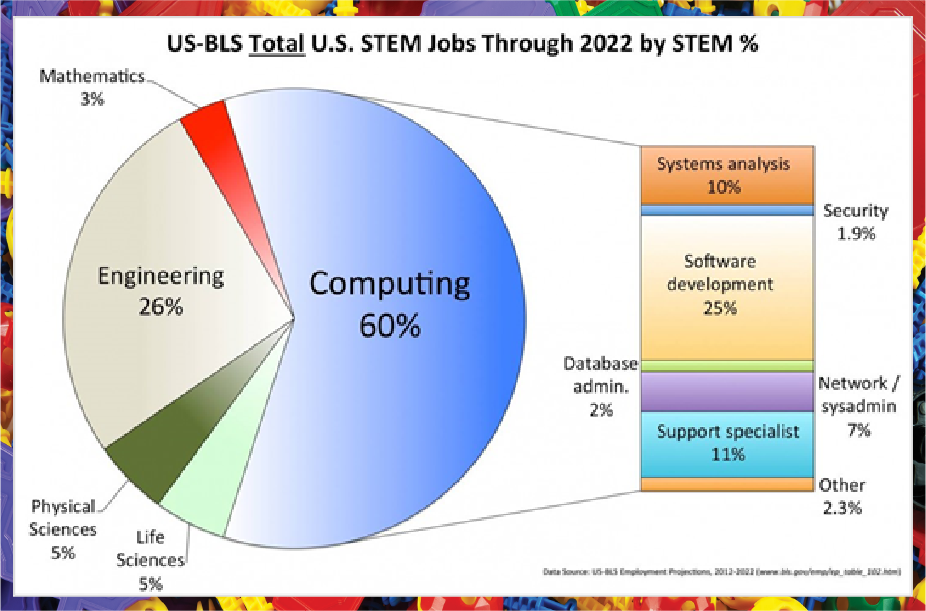
same school built a greenhouse to enhance food sources and combat global hunger.
As Albert Einstein once said, ‘To raise new questions, new possibilities, to regard old problems from a new angle, requires creative imagination and marks real advance in science.’ With STEM expanding and growing at a rapid pace, it’s important for students to be well-versed with the related concepts to excel in their career and become influential global leaders of tomorrow.
References
https://www.nwea.org/blog/2015/stem-primary-classroom-4-ways-educators-acclimating-stem-education/
http://www.gessdubai.com/news-center/articles/why-stem-education-so-important
https://wtop.com/education/2017/07/alexandria-students-stem-solve-problems/slide/1/
https://ssec.si.edu/stemvisions-blog/why-invest-stem-education
https://llimcole.files.wordpress.com/2015/12/stem-logo.jpg?w=1000
https://www.stemschool.com/img/article/what-is-stem-education.jpg
https://www.greatschools.org/gk/wp-content/uploads/2016/05/STEM-in-title-I-school.jpg
https://www.anderson3.k12.sc.us/cms/lib/SC01916765/Centricity/Domain/327/whystem.png
http://www.mistempartnership.com/cm/dpl/images/create/STEM_jobs_%25_thru_2022.jpg
VIDEO GAMES THE ROUTE TO LARGE SCALE STEM LEARNING


Minecraft-an immersive 3D experience where you can design tall skyscrapers out of blocks, create lava-oozing volcanoes and build the ultimate rollercoaster. At the core of these fun activities are the concepts of math and engineering, which are becoming increasingly crucial as we race towards the future.
With STEM-learning reaching new heights these days, the best way to keep kids hooked on to the learning process is through interactive video games. Specialized games designed for teaching and learning encourage children to develop STEM skills and pursue challenges in their personal and professional lives.
While some video games might not have the necessary elements to provide the best educational experience, STEM games definitely step up the learning curve. You can rest assured your gamer is gaining knowledge while learning to calculate a perimeter or resolving environmental issues.
TEACHING THROUGH GAMING
“If you talk about STEM education, the best way to introduce anyone to STEM or get their curiosity going on, it’s Minecraft.” That’s what Microsoft CEO Satya Nadella believes. Minecraft is being used by elementary school students in Seattle to grasp foundational concepts in mathematics. The engaging gameplay allows kids to learn about structural design by creating their personalized world using blocks. During Saturday Math Programs at the Seattle Educational Institute, teachers use the Microsoft game to let students perform perimeter, area and volume calculations in a fun way to hone their math skills.

The developer of the video game has also provided a rich repository of teaching lesson plans and strategy for instructors using Minecraft. Since the game’s backdrop is built on structural design, kids feel excited visiting and searching for global sites of historical and cultural significance, as middle school students in Los Angeles are doing.
Some games have even deeper real-life implications, like the game FoldIt, crafted by the University of Washington. FoldIt has helped in the discovery of an effective contribution to AIDS research. The game allows students to fold protein structures in a virtual domain and the best design is then awarded the top score. The gaming strategy offers a profound STEM experience while providing useful insights to researchers regarding various protein-folding methods. Games like these empower and educate students so they are compelled to take interest in STEM and the world around them.
PREPARING FOR THE FUTURE
Video games, with their interactive and engaging gameplay, encourage participation and motivate children to inquire and learn about science. As suggested by statistics from the NPD Group, almost 91% of kids between the ages of 2 and 17 play videogames. Why not make video games a source of learning when so many young people are already engaged in them?
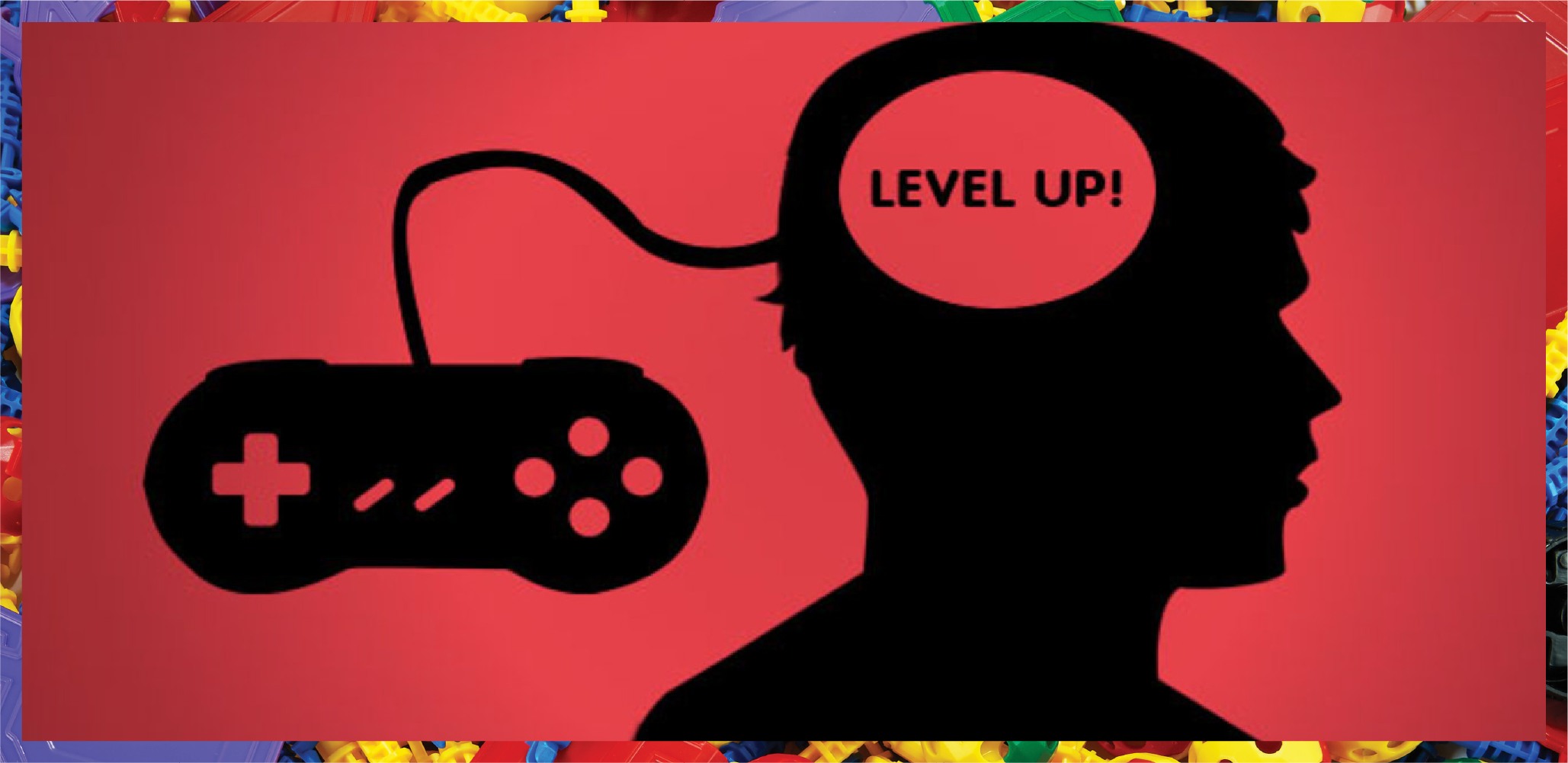
Gaming doesn’t have to be detrimental for kids and teens. With a plethora of skill-based games and design platforms that improve students’ programming and design abilities, STEM learning through video games is paving the way so the kids playing Minecraft today can build the skyscrapers of tomorrow.
References
https://charitynerds.org/video-games-and-stem/
https://www.glasslabgames.org/games/SC
https://education.minecraft.net/
https://www.digitaltrends.com/computing/91-percent-of-kids-play-video-games-says-study/
https://techreport.com/news/25359/sixense-kickstarts-next-gen-motion-controller-for-video-games-vr
STEM-The Coolest STEM Jobs in the World
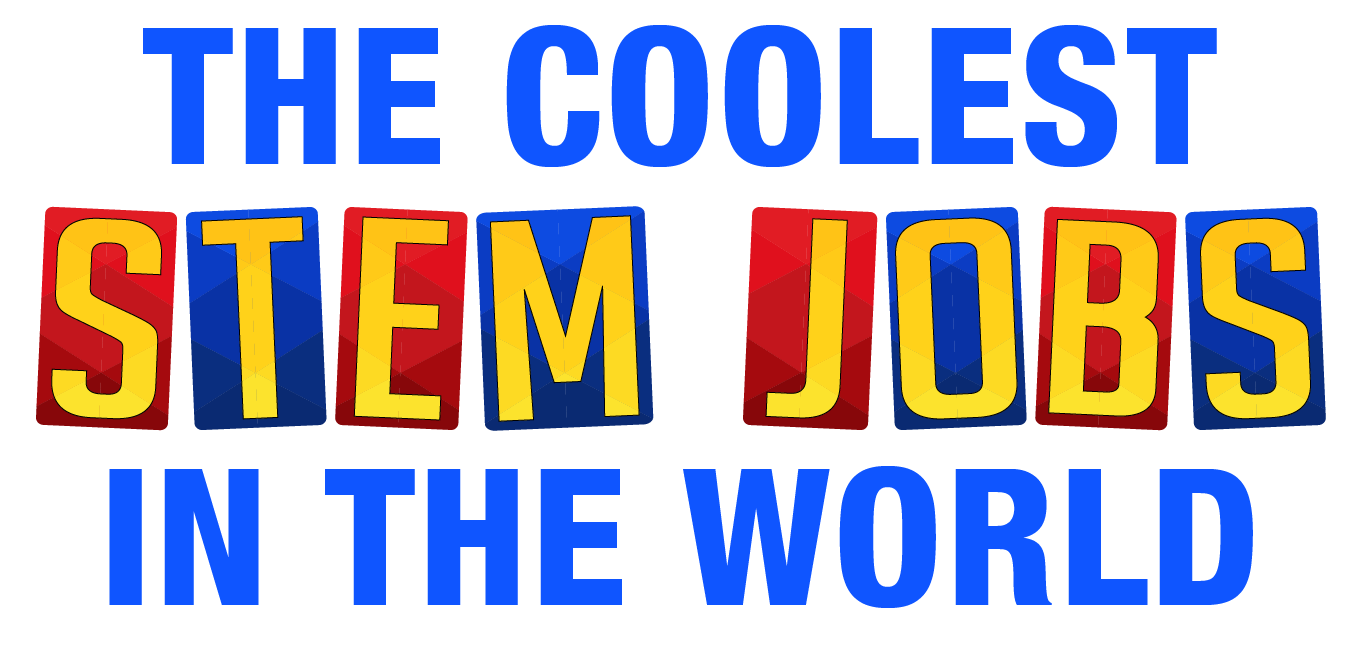
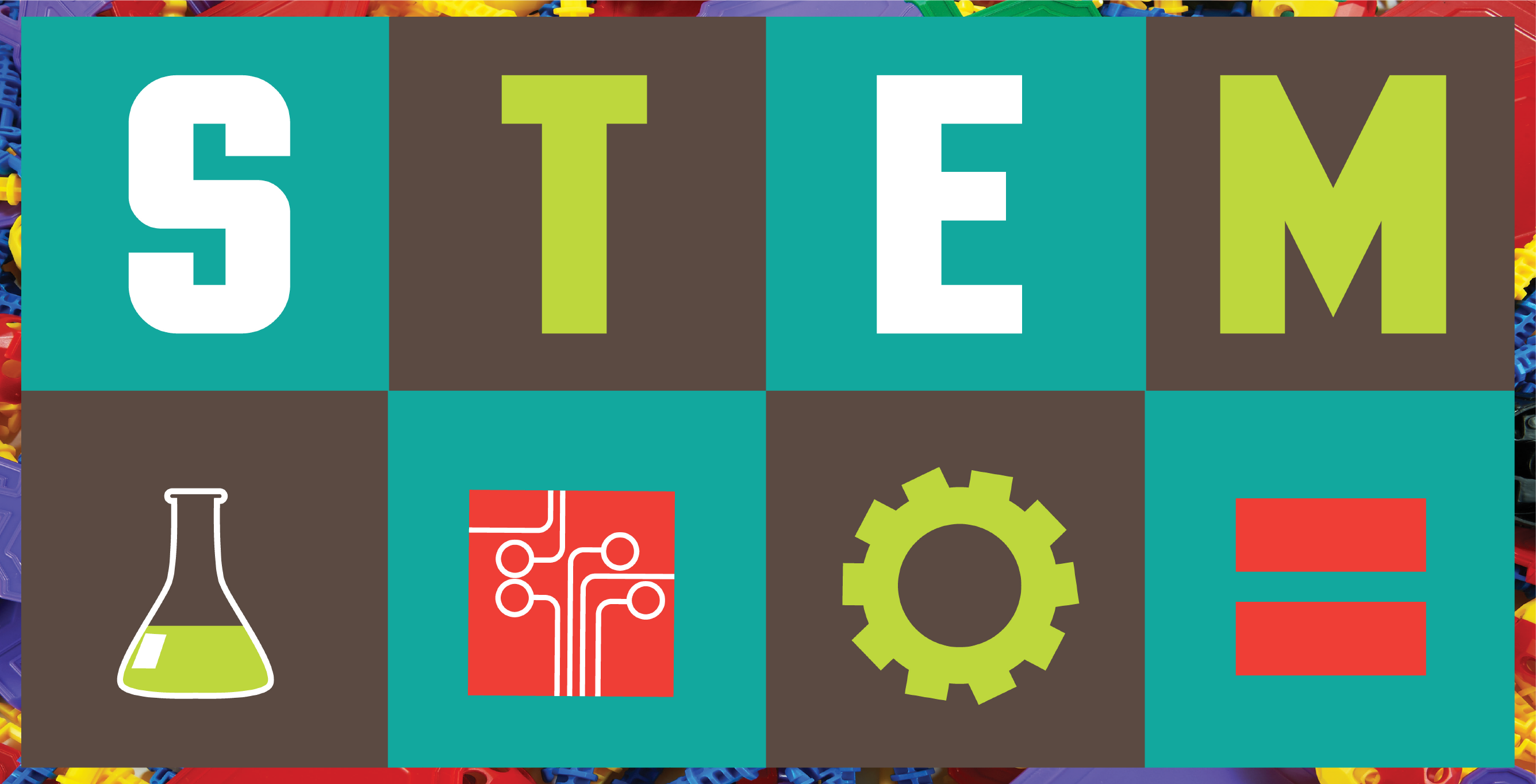
Ever heard about a roller coaster engineer, NASA curiosity driver or a food chemist? These may sound like the imaginary jobs you used to make up when you were a kid, but they could be your career if you have the right STEM education.
WHAT ARE STEM JOBS?
STEM jobs are related to the fields of science, technology, engineering and mathematics that are highly in demand today. STEM workers apply their knowledge of these academic disciplines to solve problems and understand how the world operates in various ways. STEM jobs entail cutting edge application and avant-garde technology to drive innovations that have the potential to change the world. As per the prediction of BLS.com, STEM jobs are expected to increase by 13% by 2028. Your next job could possibly involve a breakthrough healthcare solution, a new video game technology or a method to augment food production.
5 STEM JOBS THAT WILL NOT BORE YOU
Music Data Journalist
Sounds fascinating right? This job role is expected to be the highlight of the future as the music industry shapes up with the advent of new and improved technology. Most music data journalists use their STEM skills to generate awareness amongst industry professionals regarding the significance of data. By generating narratives for music charts in magazines and blogs, the role provides talented individuals with an opportunity to unleash creativity and educate

people regarding music and its dynamics through engaging content. With this kind of a job role you may find yourself writing a feature for a rock star performer for the MTV music awards blog.
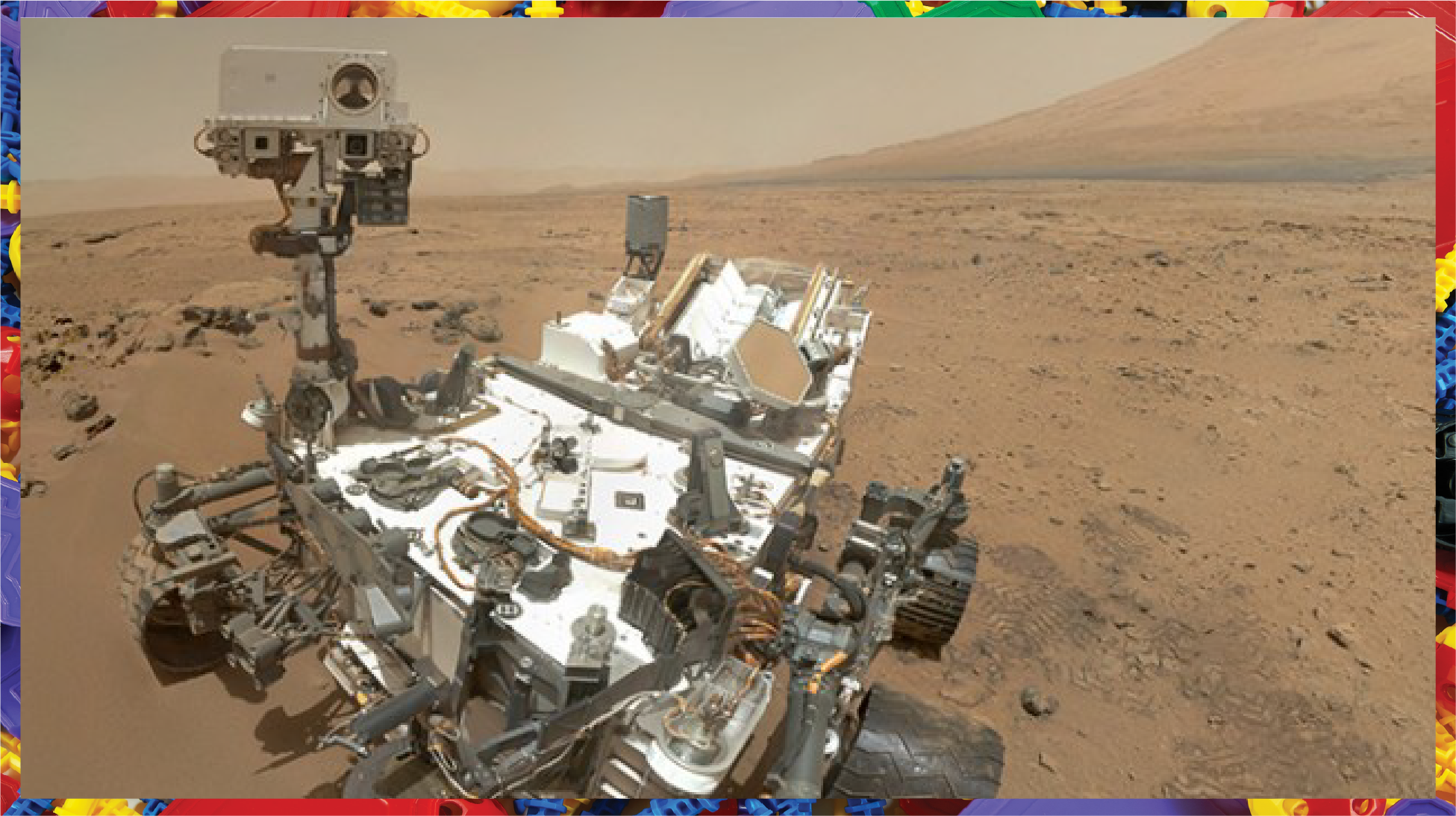
NASA Curiosity Driver
A core aspect of STEM learning is curiosity that follows throughout the education years into the career field. As a NASA curiosity driver, you’d be cruising through a space rover like the one on Mars for an exploration mission to discover life on some intriguing planet. Vandi Tompkins was the
driver who navigated the Curiosity space shuttle to send back photos of the red planet and details on climate, water and geographical trends. The idea of following in those footsteps through space-trip adventures and planet exploration definitely sounds thrilling.
NASA Curiosity Driver
A core aspect of STEM learning is curiosity that follows throughout the education years into the career field. As a NASA curiosity driver, you’d be cruising through a space rover like the one on Mars for an exploration mission to discover life on some intriguing planet. Vandi Tompkins was the driver who navigated the Curiosity space shuttle to send back photos of the red planet and details on climate, water and geographical trends. The idea of following in those footsteps through space-trip adventures and planet exploration definitely sounds thrilling.
3D Printing Materials Manager
One of the recent technology concepts trending across the globe is 3D printing that can be used to manufacture materials, build 3D homes and grow food to provide leverage to global production and supply. 3D printing materials managers are responsible for monitoring the use of 3D printing materials like resins, glass, aerosol coatings and molten metal
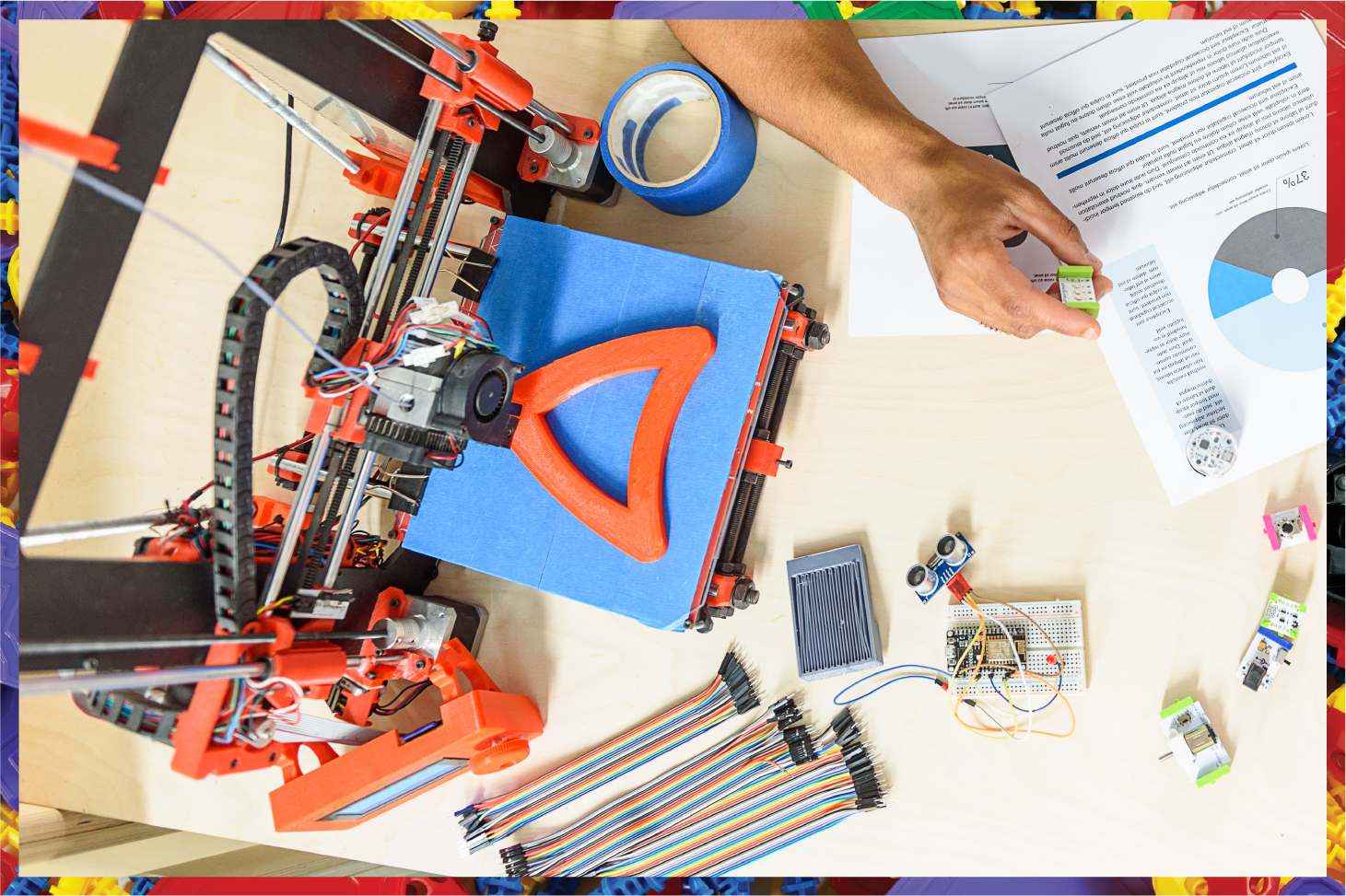
further evaluating how they integrate with the 3D prints. Using their sharp technical and business acumen, they strive to achieve production efficiency and high product quality. As a 3D printing professional, expect to be part of an outstanding team working on exciting new concepts like additive manufacturing and 3D material integration.

Legoland Designer
Lego is a kid favorite throughout the world. How cool would it be to become a Legoland designer building awesome rollercoasters? You’ll probably need a degree in sculpture or arts including some knowledge of electrical engineering. It’s a great job role to put your creative flair and STEM abilities to the test infusing animation into LEGO rollercoaster models.
The entire process of constructing a rollercoaster from conceptualization and design to working prototype is both engaging and exhilarating. Although a pen and crayons may be all you need to design a rollercoaster, you may find yourself using computer programs for master builders and giving in to the design adventure.
Legoland Designer
Lego is a kid favorite throughout the world. How cool would it be to become a Legoland designer building awesome rollercoasters? You’ll probably need a degree in sculpture or arts including some knowledge of electrical engineering. It’s a great job role to put your creative flair and STEM abilities to the test infusing animation into LEGO rollercoaster models. The entire process of constructing a rollercoaster from conceptualization and design to working prototype is both engaging and exhilarating. Although a pen and crayons may be all you need to design a rollercoaster, you may find yourself using computer programs for master builders and giving in to the design adventure.
Tumblr Project Manager
As one of the largest social networking platforms, Tumblr consists of a rich library of 92.7 million blogs that are used by billions of online users every month. As a project manager for the company, you’d be expected to use project management tools and cutting-edge technology to drive continuous improvement initiatives. If you’re thinking along those lines,

make sure you have hands-on experience for PM systems like Atlassian JIRA and Zendesk since you’ll definitely be working on these while at Tumblr.
THERE’S MORE IN THE FUTURE!
If that wasn’t all, future STEM jobs like robot engineers, drone developers, explorers and space pilots taking people for trips to the moon are all set to give the word ‘cool jobs’ a whole new meaning.
As Katherine Johnson said, “We will always have STEM with us. Some things will drop out of the public eye and will go away, but there will always be science, engineering, and technology. And there will always, always be mathematics”.
References
https://www.careerbuilder.com/advice/cool-stem-jobs-that-will-put-you-in-demand
http://www.jobmonkey.com/what-are-stem-jobs/
https://prezi.com/rjpo-ojmjiot/music-data-journalist/
https://www.atlassian.com/software/jira
https://www.extremetech.com/wp-content/uploads/2012/12/curiosity-mars-self-portrait-crop-640x353.jpg
Solving the Secrets of Forensic Science

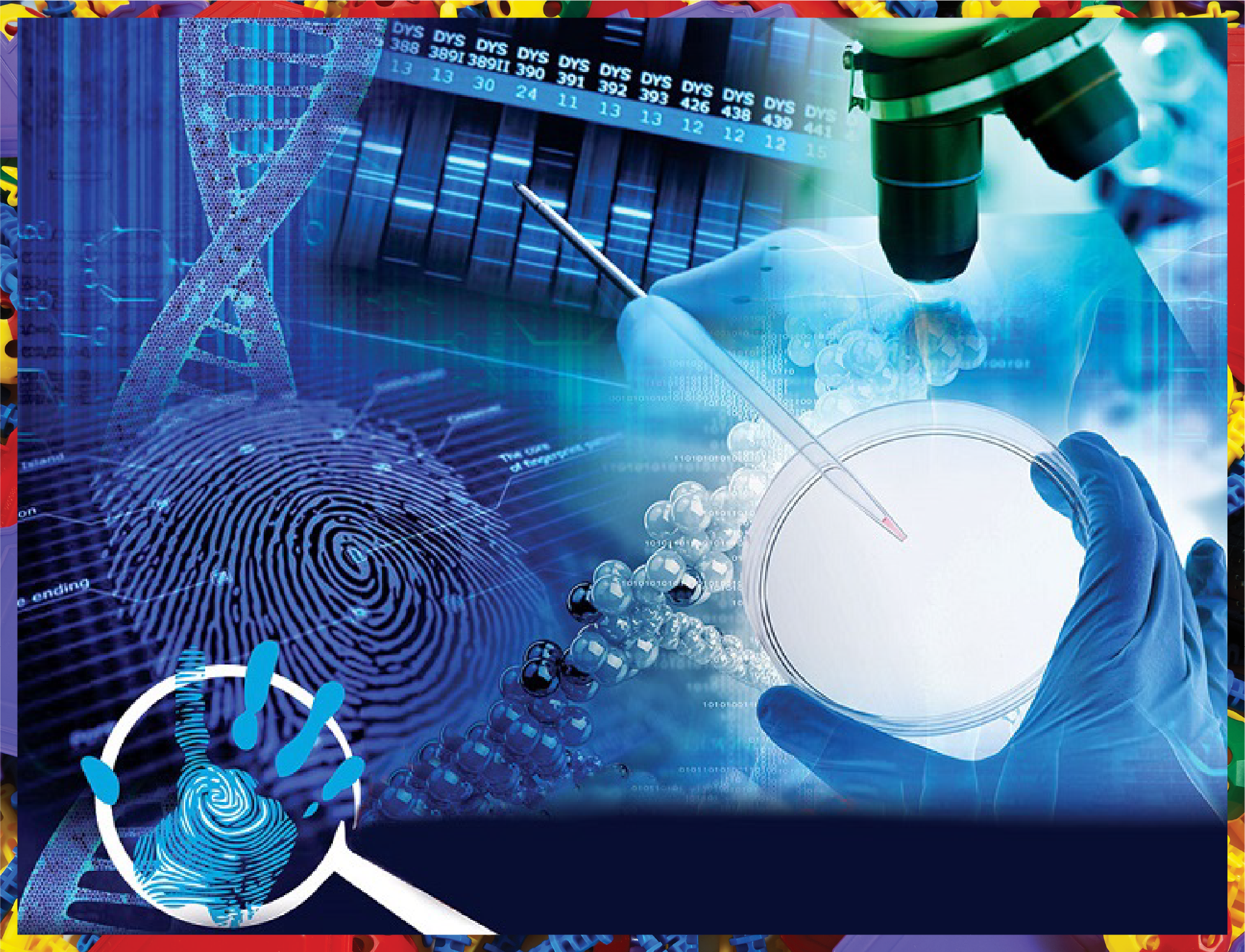
“The fingerprints are a match!” How often have you heard those lines in your favorite crime-solving TV shows? From CSI to Law & Order, solving crimes by looking at fingerprints, shoe impressions, blood matches and even bite-marks, seems like the ultimate detective’s trick. But in real life, the science of forensics is a lot more complex. How do forensics help the law? How accurate are the results of forensic investigations? Let’s find out.

WHAT IS FORENSIC SCIENCE?
Forensic science is taken from the Latin word forensic meaning a public debate or discussion. In the world of law and order, it encompasses a broader perspective with applications in crime management and judicial system. Forensics are widely being used to solve crimes and investigate mysterious incidents through the application of scientific knowledge and techniques. Forensic science was used in the 16th century for the first time by healthcare officials and in the 18th century for pathology based write-ups. Advances in the technology have since then led to modern ways of uncovering mysteries and convicting crime suspects.
Forensic scientists today are experts in fields like botany, DNA, weapon analysis and odontology. They conduct both physical and chemical evaluations of evidence gathered by crime scene investigators. Evidence like fingerprints extracted from the scene, samples of blood, urine and other prints from the crime site are evaluated for traces of drugs or poison and other possible inferences. Specialists also use breathalyzer machines, calibrated for tests during incidents of drunk-driving. The different branches of forensics include Forensic Biology, Forensic Anthropology, Handwriting Examination, Behavioral Sciences and Forensic Dentistry.

HOW HAS FORENSIC SCIENCE BEEN USED?
The technology has been instrumental in providing some answers to prominent cold cases. Some of these include the murder of Krystal Beslanowitch and the disappearance of Amelia Earhart.
COLD CASE MURDER OF KRYSTAL BESLANOWITCH, 1995
This case involved the identification of the person responsible for the gruesome 1995 murder of Krystal Beslanowitch in Utah. The main investigator, Sheriff Todd Bonner, was determined to find the culprit who killed Krystal with a sharp blow to the head. In 2013, new forensic technologies aided the cops by analyzing the DNA extracted from the granite rocks near the body with the help of forensic vacuuming. According to evidence, the DNA matched with Joseph Michael Simpson a bus driver who was tried and convicted for the felony.
THE DISAPPEARANCE OF
AMELIA EARHART, JULY 2, 1937
Amelia Earhart, first female pilot to successfully fly solo across the Atlantic, disappeared while crossing the Pacific in 1937. Now, decades after her case befuddled historians and scientists, an anthropologist called Richard L. Jantz, claims the bones found on the Pacific island of Nikumaroro belong to the revolutionary pilot. Through forensic analysis of bone measurements, Jantz argues the possibility of his findings cannot be ignored. Forensic science may have helped to solve one of the biggest mysteries of all time.
IS FORENSIC SCIENCE ALWAYS RELIABLE?
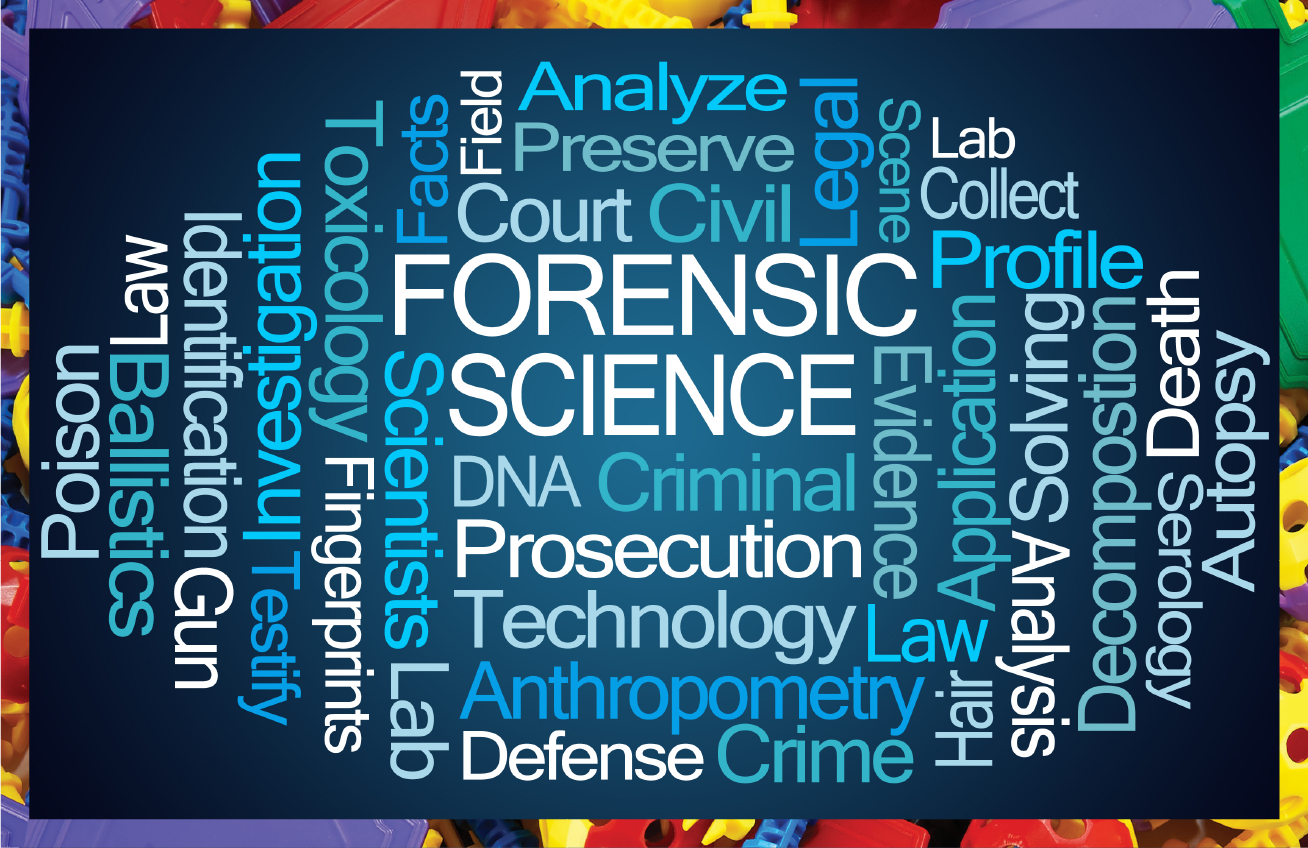
The short answer is no, it isn’t. Judges normally put in their trust and confidence in forensic reports, a phenomenon termed as the CSI effect. Gathered evidence, unfortunately might not always be reliable and accurate as samples like blood, fingerprints and miscellaneous traces extracted from a scene are usually circumstantial. The validity of the forensic results and collected samples is dependent
on the technicians and the tool used for investigation, with suspects running the risk of being wrongly convicted in case the evidence is used to support criminal charges. Although forensic science has contributed to uncovering mysteries and solving complex criminal cases, you should always be careful before trusting the science in murder mystery shows on TV.
The short answer is no, it isn’t. Judges normally put in their trust and confidence in forensic reports, a phenomenon termed as the CSI effect. Gathered evidence, unfortunately might not always be reliable and accurate as samples like blood, fingerprints and miscellaneous traces extracted from a scene are usually circumstantial. The validity of the forensic results and collected samples is dependent on the technicians and the tool used for investigation, with suspects running the risk of being wrongly convicted in case the evidence is used to support criminal charges. Although forensic science has contributed to uncovering mysteries and solving complex criminal cases, you should always be careful before trusting the science in murder mystery shows on TV.
References
https://www.crimesceneinvestigatoredu.org/what-is-forensic-science/
https://www.orangecountynycriminallaw.com/Articles/How-reliable-is-forensic-science.shtml
http://www.suno.edu/_Assets/Forensic%20Science/Forensic%20Science%20Image2.jpg
https://authorjenniferchase.files.wordpress.com/2017/05/blogphoto_12.jpg
http://abfo.org/wp-content/uploads/2012/08/banner.jpg
https://www.thebalancecareers.com/csi-effect-1669447
https://news.nationalgeographic.com/2018/03/amelia-earhart-bones-forensic-analysis/
REAL WORLD PROBLEMS SOLVED WITH STEM LEARNING

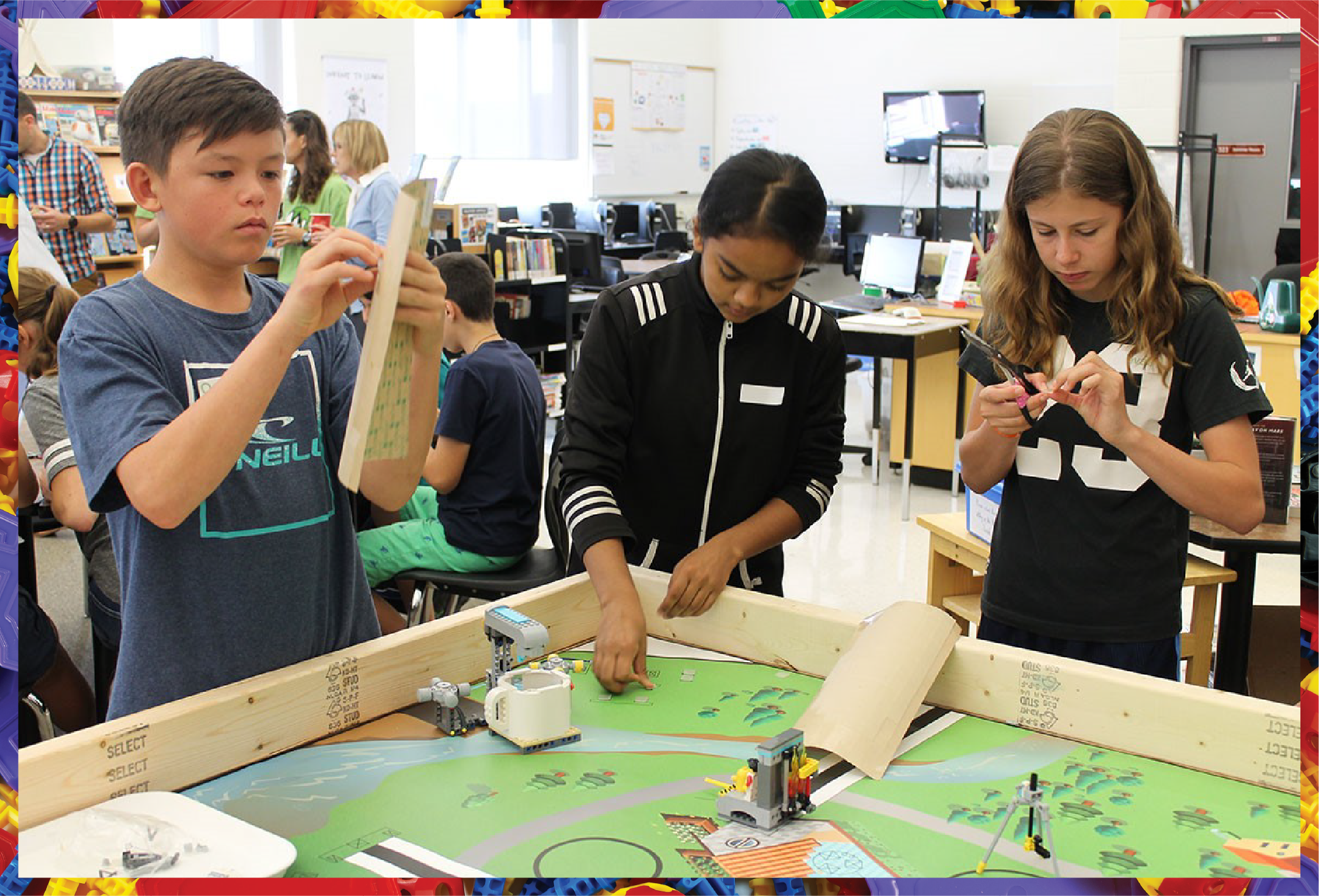
Imagine a world where every single child can go to sleep with a full belly, a world where every man and woman has a shelter over their head. With STEM, these possibilities can turn into realities. By teaching talented individuals how to address these global issues through inventive solutions, STEM skills can allow students to resolve real-world problems. A National Research Council study illustrates how children engaged in productive STEM programs can better grasp science, mathematics and engineering concepts by analyzing global issues and brainstorming solutions.
This integrated approach to learning has been a remarkable contributor in influencing the new generation to be more thoughtful, resourceful and creative. STEM education has been instrumental in finding solutions to a plethora of global issues.

COMBATING WORLD HUNGER
Hunger and food shortage are amongst the primary global concerns in the world today. Factors like climate change, dry seasonal patterns and poverty have given rise to food scarcity in different parts of the world. STEM initiatives are helping to solve these issues by imparting crucial concepts to students in classrooms regarding greenhouse build-up, garden science and farming technologies. Using this knowledge, food sources can be better managed and monitored to address any shortages.

IMPROVED GLOBAL COMMUNICATIONS
With state-of-the-art technologies and innovative gadgets like wearable tech, smart cities, social networks and artificial intelligence on the rise, communication has become convenient and efficient. We have already seen how the internet helps connect people, products, places and business enterprises across the world. STEM education has helped instill core engineering skills and creativity in today’s engineers and programmers, which has resulted in these cutting-edge technological advancements. Improved communication has made it easier for peoples’ voices to be heard, reduced disparity and made technology accessible to remote areas.

HEALTHCARE BREAKTHROUGHS
STEM-oriented education, in collaboration with other related entities, can play a role in creating life-saving medical procedures, technologies and medication to improve healthcare. For example, individuals in STEM-related domains have applied their knowledge and concepts to save the lives of those affected with polio as well as patients who have undergone heart, lung and kidney transplants. Extensive research is being carried out to find breakthrough cures and healthcare solutions for a multitude of diseases and medical conditions.

An effective way of providing shelter for the homeless in different areas across the globe is the use of 3D printing. It is a relatively low-cost and perhaps the most creative method of building homes for individuals in densely populated villages, towns and cities. The high-end technology takes only a day to construct a structure for accommodation. This can be easily customized according to the varying needs
and requirements of the potential homeowners. The homes designed using 3D technology are durable, safe and come with affordable maintenance. Japan has already started providing 3D printed houses to their citizens, and other institutions around the world are making efforts to raise the required funds to construct more of these homes.
STEM education is equipping students with innovative problem-solving skills so no child goes hungry at night and homelessness becomes a problem of the past. As entrepreneur and Mint.com founder Aaron Patzer says, “Solve a real problem and the world is yours.” With STEM, students are on the way to understanding and improving the world.
An effective way of providing shelter for the homeless in different areas across the globe is the use of 3D printing. It is a relatively low-cost and perhaps the most creative method of building homes for individuals in densely populated villages, towns and cities. The high-end technology takes only a day to construct a structure for accommodation. This can be easily customized according to the varying needs and requirements of the potential homeowners. The homes designed using 3D technology are durable, safe and come with affordable maintenance. Japan has already started providing 3D printed houses to their citizens, and other institutions around the world are making efforts to raise the required funds to construct more of these homes.
STEM education is equipping students with innovative problem-solving skills so no child goes hungry at night and homelessness becomes a problem of the past. As entrepreneur and Mint.com founder Aaron Patzer says, “Solve a real problem and the world is yours.” With STEM, students are on the way to understanding and improving the world.
References
https://projects.ncsu.edu/meridian/summer2011/meyrick/print.html
https://www.middleweb.com/5003/real-world-stem-problems/
https://www.stemschool.com/articles/how-stem-is-actively-solving-real-world-problems
https://www.3dhubs.com/what-is-3d-printing
https://www.ugdsb.ca/wp-content/uploads/2017/09/Westminster-Woods-LEGO-challenge-032.jpg
https://i0.wp.com/epicureandculture.com/wp-content/uploads/2017/04/cherries.jpg
IQ vs EQ – BOOK SMART vs STREET SMART


Have you ever wondered how some people are book smart, while some are street smart? What’s the difference between these different kinds of “smarts”? A book-smart individual has the capability to think logically and work out abstract ideas, while somebody street smart is a people’s person who is often more emotionally aware. Intelligence Quotient (IQ) and Emotional Quotient (EQ) are measures of peoples’ potential to apply their intellectual and emotional abilities in the best way.
INTELLECTUAL INTELLIGENCE
Intelligence can be perceived as the capacity of an individual to process aspects like communication, learning, emotional knowledge, problem solving, critical thinking, analytical reasoning and logic. It is a basically a reflection of your ability for abstract thought, ingenuity, memory, planning and comprehension. While the average adult has an IQ of 100, most gifted and talented people have IQs in the range of 130-132 with the Genius IQ just over 140. The smartest person ever in the world was Leonardo da Vinci with an IQ of 220. Individuals with a
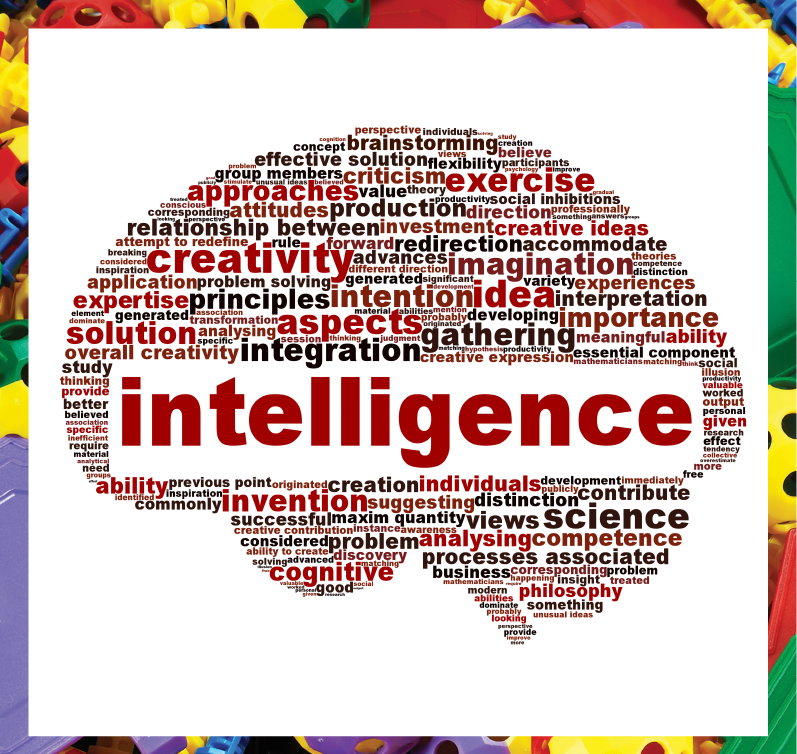
higher intellectual potential apply logic and excel in challenging roles where they can best utilize their analytical aptitude and extract useful selective information.
The intellectual prowess of any individual is usually gauged by the IQ metric while emotional intelligence is measured using the EQ parameter which is often difficult to quantify.
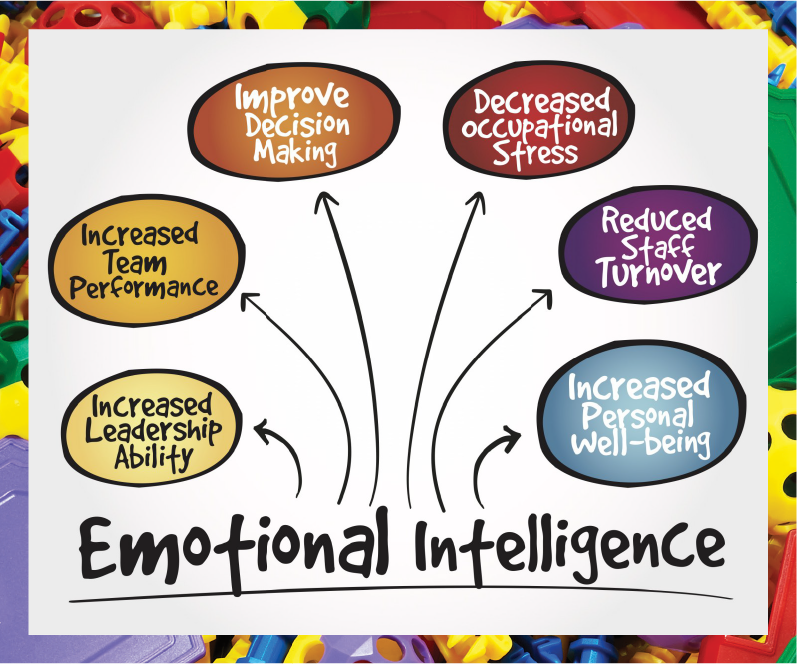
EMOTIONAL INTELLIGENCE—EQ
Emotional Intelligence enables you to read situations, evaluate your own and other peoples’ emotions, while demonstrating attributes like apathy and sensitivity. People with a higher EQ have a heightened awareness of the social, personal and survival aspects of our complex world as they can better read the different political, social and cultural factors. Those who are emotionally sharp can assess through
an intuitive manner, the specific needs and requirements of others and the merits and de-merits of a situation while remaining unaffected by stress.
Individuals with a higher EQ perform best in teams as well as in strong leadership roles since they inspire others and are ready to follow. A higher level of EQ enables one to perform best in a leadership role because emotions are factored in when processing different thoughts.
EMOTIONAL INTELLIGENCE—EQ
Emotional Intelligence enables you to read situations, evaluate your own and other peoples’ emotions, while demonstrating attributes like apathy and sensitivity. People with a higher EQ have a heightened awareness of the social, personal and survival aspects of our complex world as they can better read the different political, social and cultural factors. Those who are emotionally sharp can assess through an intuitive manner, the specific needs and requirements of others and the merits and de-merits of a situation while remaining unaffected by stress.
Individuals with a higher EQ perform best in teams as well as in strong leadership roles since they inspire others and are ready to follow. A higher level of EQ enables one to perform best in a leadership role because emotions are factored in when processing different thoughts.
WHAT’S THE RELATIONSHIP BETWEEN EQ and IQ?
EQ plays a pivotal role in boosting self-confidence, empathy and implementing self-control, which are all key attributes required for survival in the real world. IQ and emotional intelligence stem from shared brain areas and create a well-rounded individual. Studies suggest success is largely driven by a combination of 20% IQ and 80% EQ, so the two actually work in harmony with each other.
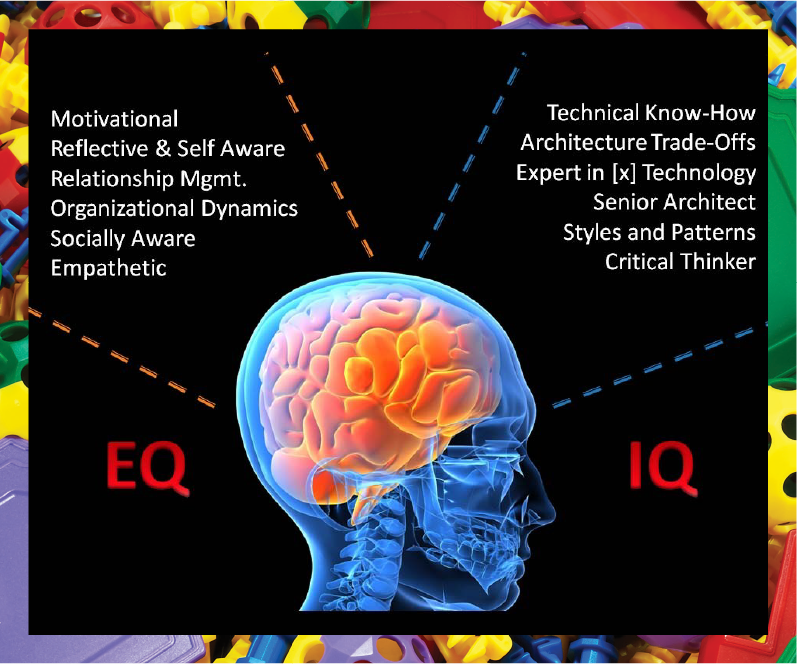
A high IQ might be needed to get top grades in your academic career while strong emotional intelligence can help you shine in your profession. A viable combination of these parameters is, however, essential for addressing multiple challenges to ensure sustainable success. Like Plato said, “all learning has some emotional basis.”
References
https://www.huffingtonpost.com/garry-rodgers/emotional-intelligence-iq_b_8910848.html
https://www.buzzle.com/articles/emotional-quotient-eq-vs-intelligence-quotient-iq.html
https://www.scientificamerican.com/article/emotional-smarts-tied-to/
https://ds.minwt.com.tw/img/Content/life/2016-iq-eq-test/2016-iq-eq_00.jpg
http://thelearningmind.com/wp-content/uploads/2016/09/emotional-intelligence.jpg
https://freedomafterthesharks.com/2015/11/23/the-balance-of-iq-vs-eq-is-it-necessary/
HOW YOUR MIND AND BODY GETS AFFECTED BY LIVING IN SPACE


How many of us dream of being an astronaut when were little? To float in space and explore the mysteries of the universe seems like the ultimate dream come true, but space travel and living in space isn’t all fun and games. Floating in space might give you the thrills but factors such as zero gravity and radiation tend to take a toll on your health, especially if the stay is for longer periods.
Astronauts who travel for space exploration are impacted in different physiological and mental ways. The key areas seriously affected by lengthy space flights are essentially the body mass and fluids, the cardiovascular system, the immune system, bones and the eyes. Every specific body part is affected by the conditions in space and as the duration of the space trip increases, recovery from long-term issues become even more difficult.
BODY MASS & FLUIDS
Body fluids are affected the most due to low gravity, which makes these fluids float up so your body feels bloated and heavy. Our bodies are 70% water and when there is no gravity, water tends to move upwards, increasing pressure in the head. The low orbit in space changes the fluid distribution of the body dramatically. To address the problem, astronauts usually make use of space gear with straps normally tied at the top of their legs.
CARDIOVASCULAR SYSTEM
Longer stays in space also lead to fluid loss, including reduction in blood plasma concentration. Plasma is a husk-colored liquid component of the blood containing platelets along with red and white blood cells. Studies reveal living in space contributes to a reduction in the amount of red blood cells in the body. This minimizes the amount of oxygen transported to the cells and reduces the cell’s ability to generate energy.
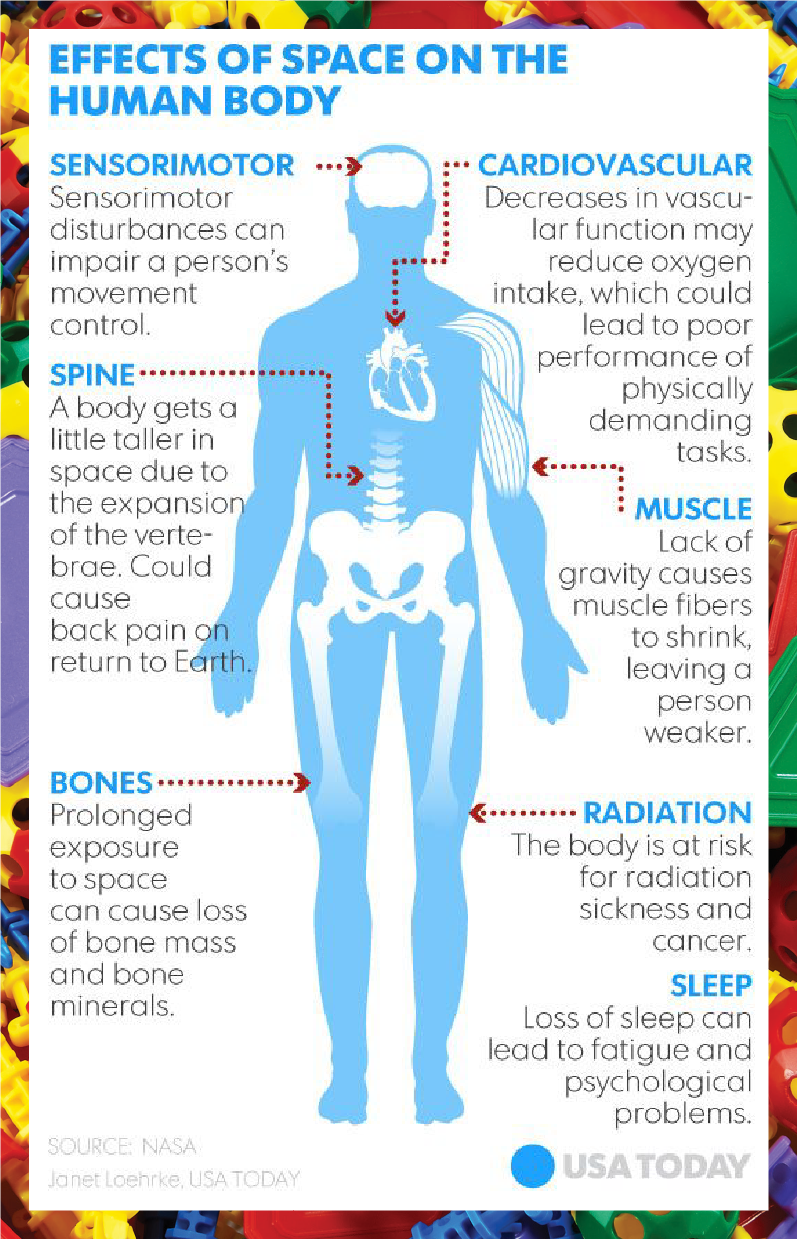
MUSCLES
The muscles are also seriously affected by spending prolonged time in space. Muscle atrophy is a probable concern due to microgravity in low orbit. Astronauts can lose about 25% of their aerobic ability in a space shuttle on a 14-day mission. This is why they need to take medical supplements and maintain a stringent dietary routine and exercise schedule while in space.
BONE MASS
A space study unraveled the implications of a lengthy space stay on bone mass where it was found that astronauts in the Mir Space Station experienced 1-2% of bone mass loss every month. Low bone density makes the bones weaker, leading to health problems like osteoporosis and difficulty in walking. Bone loss was the first issue reported by astronauts who had recently returned to Earth after their lengthy space stay.
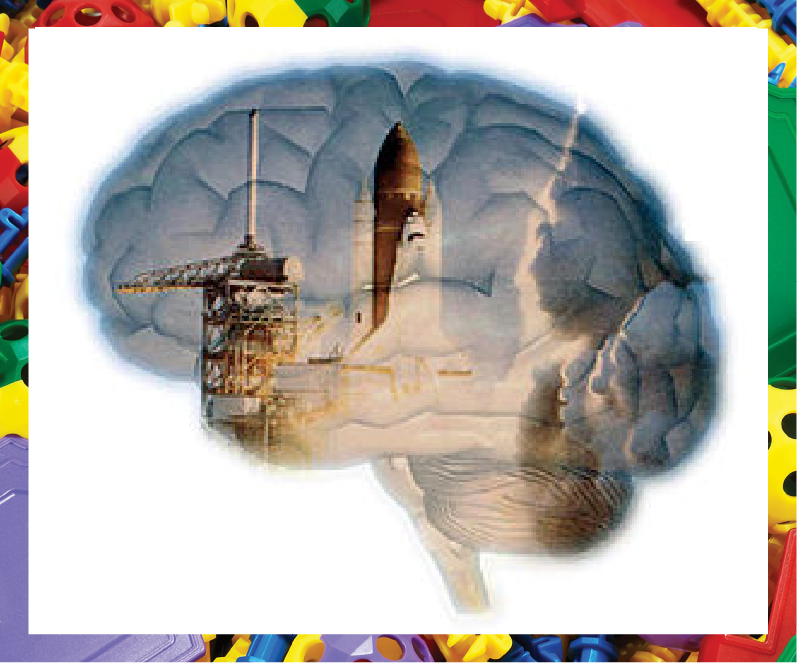
PSYCHOLOGICAL IMPLICATIONS
Apart from physical implications, mental health is also affected in different ways depending on the duration of the space stay. Long-term exposure to radiation may impair the brain functionality permanently and stimulate the onset of Alzheimer’s disease. Motion sickness, balancing and disorientation are other common cognitive effects experienced by astronauts as they lose sense of the spatial points such as up and down. Some also experience the space
adaptation syndrome or space sickness, involving nausea, vertigo and headaches.
PSYCHOLOGICAL IMPLICATIONS
Apart from physical implications, mental health is also affected in different ways depending on the duration of the space stay. Long-term exposure to radiation may impair the brain functionality permanently and stimulate the onset of Alzheimer’s disease. Motion sickness, balancing and disorientation are other common cognitive effects experienced by astronauts as they lose sense of the spatial points such as up and down. Some also experience the space adaptation syndrome or space sickness, involving nausea, vertigo and headaches.
Although a trip to outer space sounds fun and adventurous, it does have some negative effects on your mind and body. NASA has enhanced the International Space Station’s life to perform additional medical research on the health implications of a longer stay in space. The healthcare industry has also come up with state-of-the-art testing procedures and measuring gadgets to further evaluate the changes in the body and mind as a result of long stays in zero gravity. These efforts will hopefully make space travel safer and minimize the underlying effects on health.
References
www.redorbit.com/news/space/135829/how_does_living_in_space_affect_your_body/
https://www.nasa.gov/content/cardiovascular-health/
http://listverse.com/wp-content/uploads/2017/11/iStock-485536046.jpg
https://www.gannett-cdn.com/usatoday/editorial/graphics/2016/03/030316-Space-and-human-body2.jpg
https://upload.wikimedia.org/wikipedia/commons/thumb/0/0d/Braininspace.jpg/300px-Braininspace.jpg
HEALTH-5 SURPRISING HEALTH BENEFITS OF COLORING


HOW COLORING IS GREAT FOR YOUR HEALTH

RELIEVE ANXIETY
The science behind coloring and its effects on cognitive relaxation lies in the fact that it is an engaging activity that keeps us focused on a specific task. This helps keep after-thoughts and worries away leading to a peaceful state of mind. This is true for adult coloring books or exciting crafts projects for kids that include structured coloring that is considered a therapy for individuals experiencing anxiety according to health experts. Since coloring activities promote mindfulness as suggested by Art Therapy: Journal of the American Art Therapy Association, this can help reduce anxiety levels and the risk of other diseases like depression and schizophrenia.
BOOST THE IMMUNE SYSTEM
An effective route to super charge your immune system is the use of crayons, paints and some coloring pages. Not only will it provide you with great old-school fun but will reduce cortisol levels in the body during high anxiety periods to relax the brain. As you color away, the adrenal cortex releases the optimum amount of the stress hormone so that your immune system gets an overall boost. It also steps up the production of white blood cells and prevents common illnesses like the flu, cold or strep throat.
GET BETTER SLEEP
Craving for some shut-eye? Time to take those colored markers out to improve the sleep cycle. The calming impact of coloring helps spark a mindset for sleep, cozy beds and peaceful spaces.Children who love to spend time filling vibrant hues in their favorite cartoon characters before bedtime are tempted to go to sleep as the activity encourages a restful and placid mind.

REDUCE THE SYMPTOMS OF CANCER
Apart from luring you into unplugging from technology, like smartphones and TVs, coloring offers a productive therapy for cancer patients. During chemotherapy, coloring activities can help minimize the discomfort and stress associated with the treatment. According to an expert at the UC Davis Comprehensive Cancer Center, creative craft activities like coloring have a positive impact on the right side of the brain that helps ease anxiety faced by cancer patients. Instead of thinking about therapy, pain and diagnosis, the patients are mulling over the type of colors to use and how to stay inside the lines.
ANTI-AGEING BENEFITS
Coloring significantly affects your mental sleight increasing dexterity so that you feel young and strong. If taken up as a hobby, the activity can positively affect the cerebral cortex of the brain that is responsible for motor functioning and coordination attributes. Selecting different colors impacts your learning and analytical ability helping you develop a sharp sense of abstract thinking. Coloring is known to relieve stress and anxiety that alleviates mood promoting strong mental health and wellness. As indicated by various medical studies, coloring one of the primary secrets to happiness and staying young.
References
https://calmwaterscolouring.ca/hidden-health-benefits-coloring-books/
https://www.huffingtonpost.ca/alanna-mcginn/pre-sleep-colouring-book_b_9534260.html
https://www.colorit.com/blogs/news/85320388-amazing-benefits-of-coloring-for-adults
https://files.eric.ed.gov/fulltext/EJ688443.pdf
http://lifecreditcompany.com/adult-coloring-relieves-stress-for-cancer-patients/
https://wpcdn.healthyplace.com/blogs/wp-content/uploads/2015/11/adult-coloring-pages.jpg
https://s-i.huffpost.com/gen/1483587/images/o-CREATIVITY-facebook.jpg
EVERYTHING YOU NEED TO KNOW ABOUT VOLCANOES

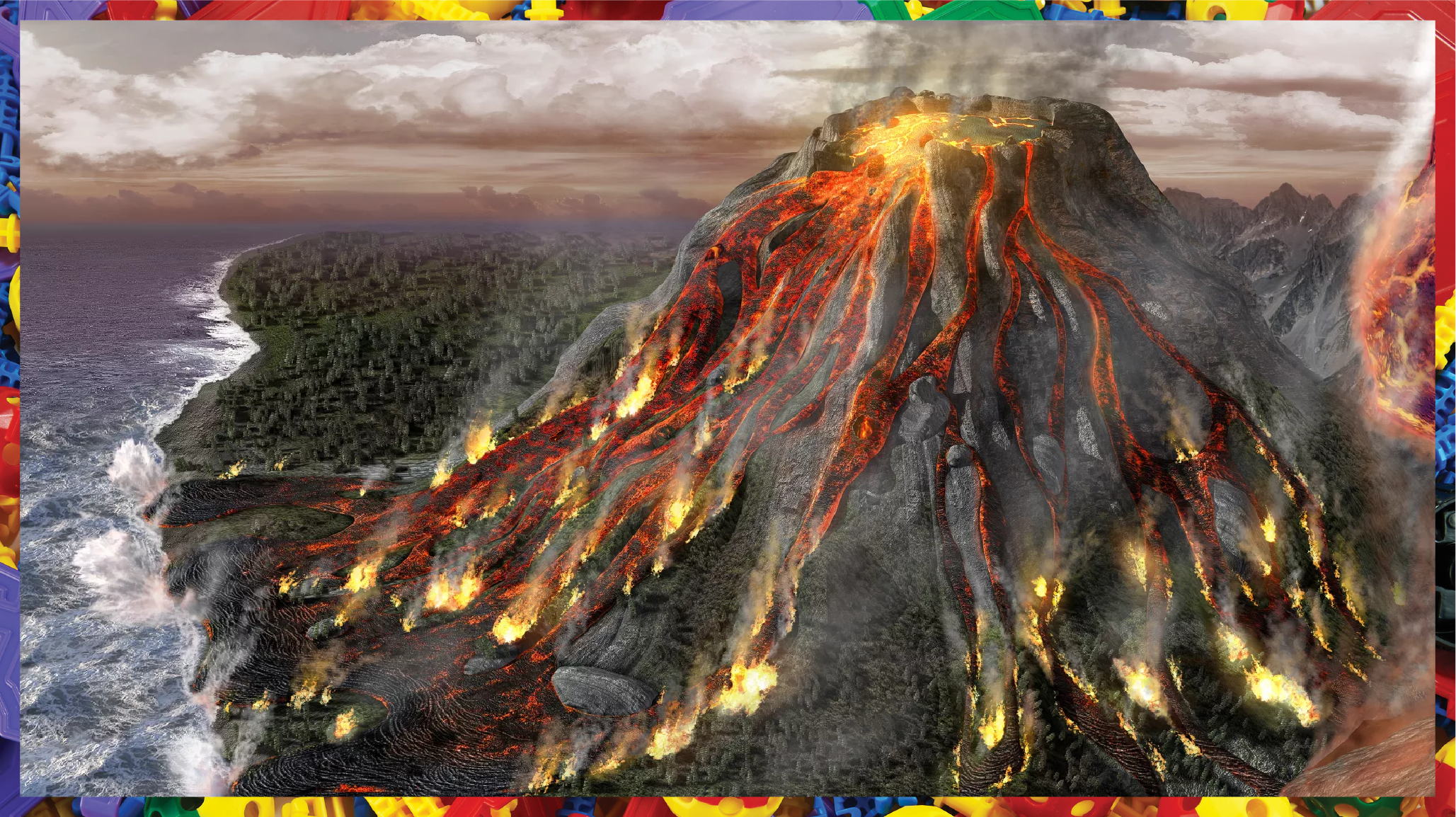
Ever made a volcano for your school’s science fair project? Volcanoes can be fascinating with their intriguing vents, lava domes and eruptions. According to Volcanoes.usgs, there are 60-80 volcanoes that erupt every year across the globe. This means there is a volcanic eruption almost every week and while some may take a few days to erupt, others
WHAT IS A VOLCANO?
A volcano is essentially a mountain or hill that contains a vent or coarse crater that forms the opening for the water vapor, gaseous matter, lava and rock fragments during eruption from the earth’s crust. Volcanoes have different sizes and shapes that can range from cylindrical forms to composite and lava domes.
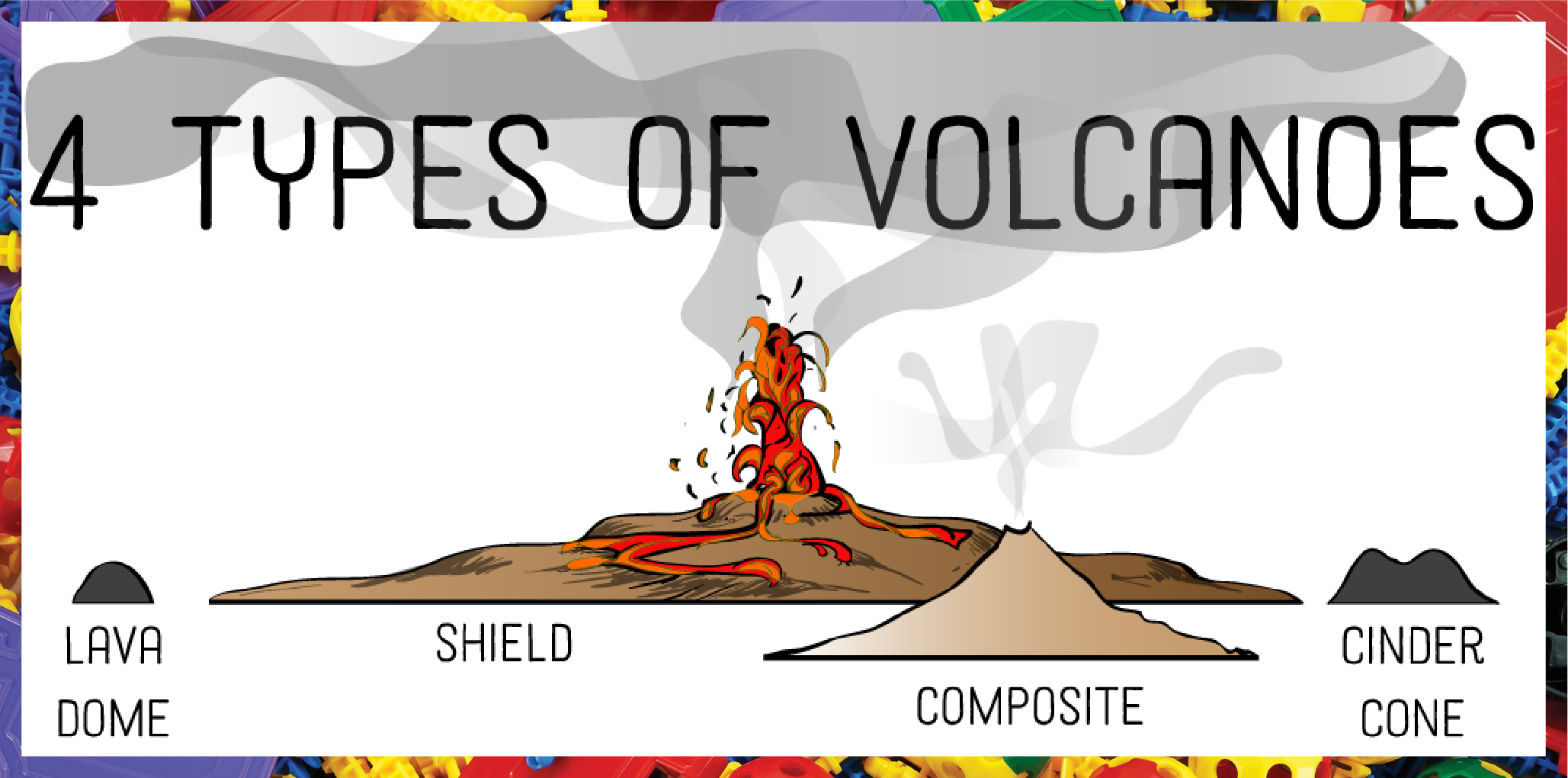
COMPOSITE VOLCANOES
These are also known as stratovolcanoes and are commonly found in some of the most amazing mountains across the globe like Mount Fiji and Mount Rainier.
SHIELD VOLCANOES
Shield volcanoes resemble common shields and are known to expel low-viscosity lava that has the capability to flow through longer distances down the skin-deep slopes of the mountain.
CINDER CONE VOLCANOES
A rather simple form of volcanoes, these are formed when lava buildups and particles are chucked out from the opening or vent. The spilled materials give shape to a cinder cone structure known as cone volcanoes.
LAVA DOMES
Lava domes are volcanic formations that are the result of thick or dense lava piling up over the vents that can travel very far. Contrary to shield volcanoes, the magma from these domes gathers around the vent, hence the name lava domes.
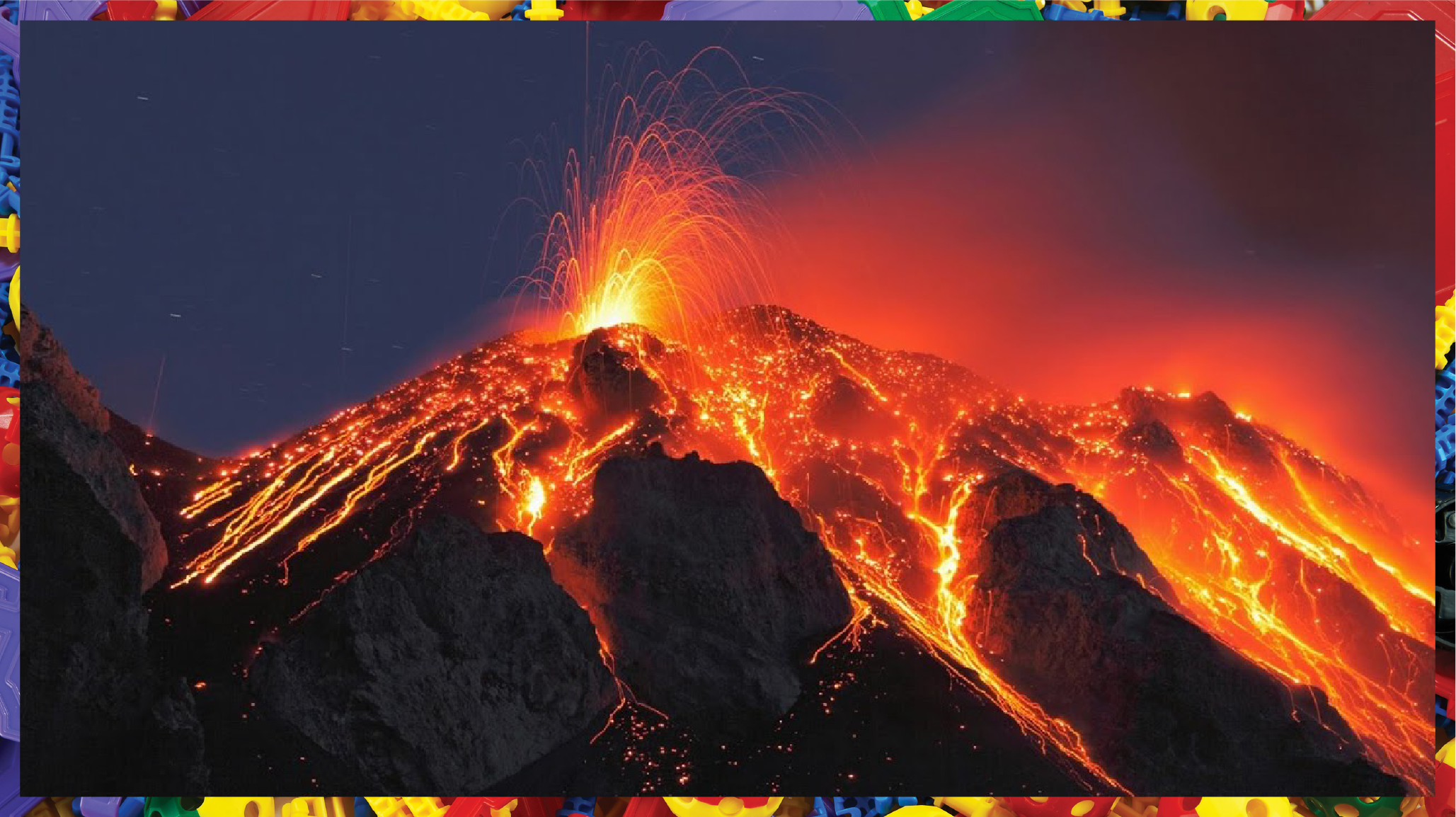
VOLCANIC ERUPTIONS
Volcanic activity can be captivating. Scientists have over the years unraveled the mystery behind molten lava and eruptions. A volcano primarily erupts due to the magma underneath the earth’s crust being pushed up to the surface. This makes the molten rock expel from the vent of the volcano as lava or ash. There are inherent natural mechanisms that initiate this process of lava pushing up from the bottom to erupt in molten form down the volcano.
These natural mechanisms can be attributed to seismology that involves the four layers of the earth, the upper mantle (7 – 35 km extension range), the transition zone (410–660 km), the lower mantle (660–2,891 km) and the core-mantle boundary (~200 km). There are conditions constantly changing in the earth’s crust at the mantle layer that give rise to high pressures and temperatures that can go up to 1000°C. These two factors contribute to the liquid-like behavior of the rock solids building in elasticity. The infused elasticity is massive measuring time scales of thousands of years and even more.
As the molten rock is less dense than the rocks nearby, it travels up to the surface as ‘floating magma’ through the different cracks and openings in the mantle region. As it is pushed up, the molten rock erupts from the vent to the landscape in the form of lava or volcanic rocks.
References
https://www.universetoday.com/31124/how-volcanoes-erupt/
https://www.gns.cri.nz/Home/Learning/Science-Topics/Volcanoes/Volcanic-Hazards
https://www.livescience.com/27295-volcanoes.html
https://www.dkfindout.com/us/earth/volcanoes/
https://usercontent2.hubstatic.com/12831217.png
EARTH SCIENCE-Unsolved Underwater Mysteries
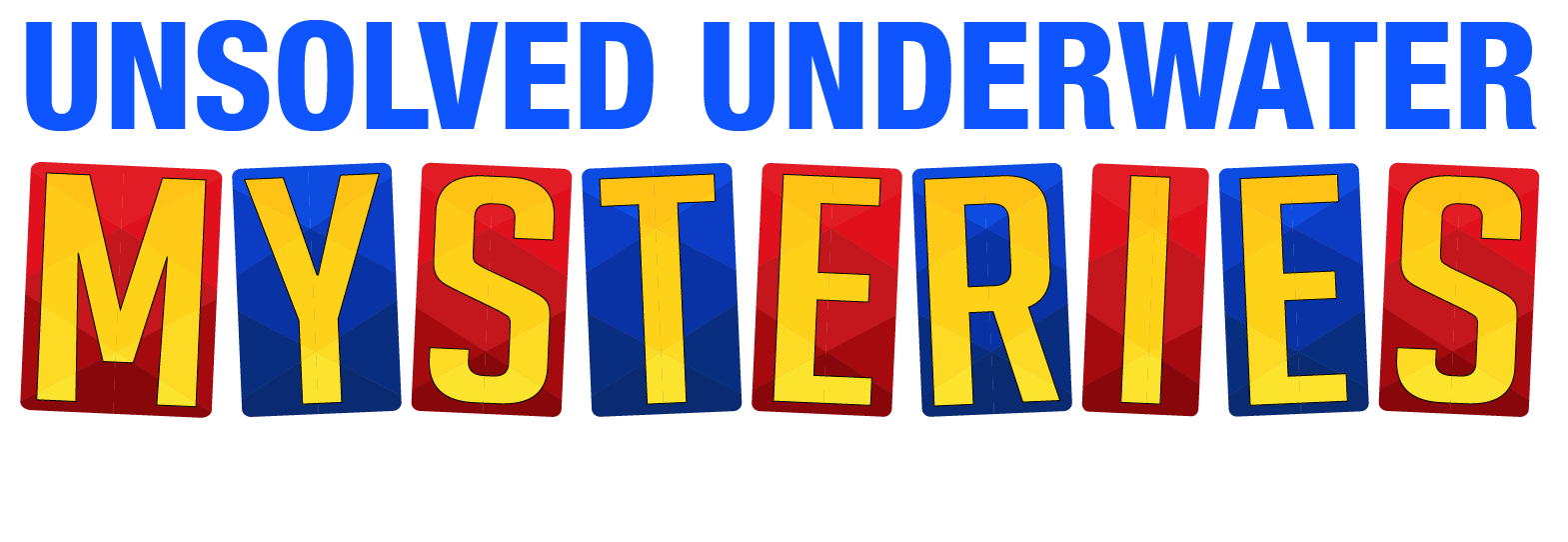

Flamingo tongue snail, vampire squid, Kiwa the god of shellfish, the immortal Benjamin Button jellyfish or the lost city of Heracleion…. are these myths our imagination has conjured up? They might as well be, given how little we know about them. The hidden depths of oceans are home to a multitude of strange yet intriguing creatures and entities. These massive water bodies hold great mysteries, and while some of these have been solved, there are plenty more secrets left to unlock.
More than 95% of the ocean terrain remains unexplored, yet to be investigated and searched by human eyes. NOAA’s Office of Ocean Exploration and Research is planning expeditions to unravel the intriguing enigmas hidden beneath the cryptic depths. Most of the discovered secrets lurking in these waters are quite baffling and odd.
5 UNDERWATER PHENOMENA BAFFLING SCIENTISTS

CRYSTAL PYRAMIDS DEEP UNDER THE OCEAN
It is said that there are unusual crystal pyramids deep within the layers near the Bermuda Triangle. Scientists have found out that the stories have surfaced because of a crystal orb that was alleged to have magical attributes. Believers insist that scientists need to delve further to explore the mystery surrounding these structures, as stories of their appearance have ignited our curiosity. Sightings have not always been reliable, but believers of the crystal pyramid are not easily dissuaded by the truth. This orb was allegedly discovered lying atop these crystal pyramids decades ago according to people but investigators are confident that there is really no substantial evidence to suggest the existence of these structures or to prove the allegations.
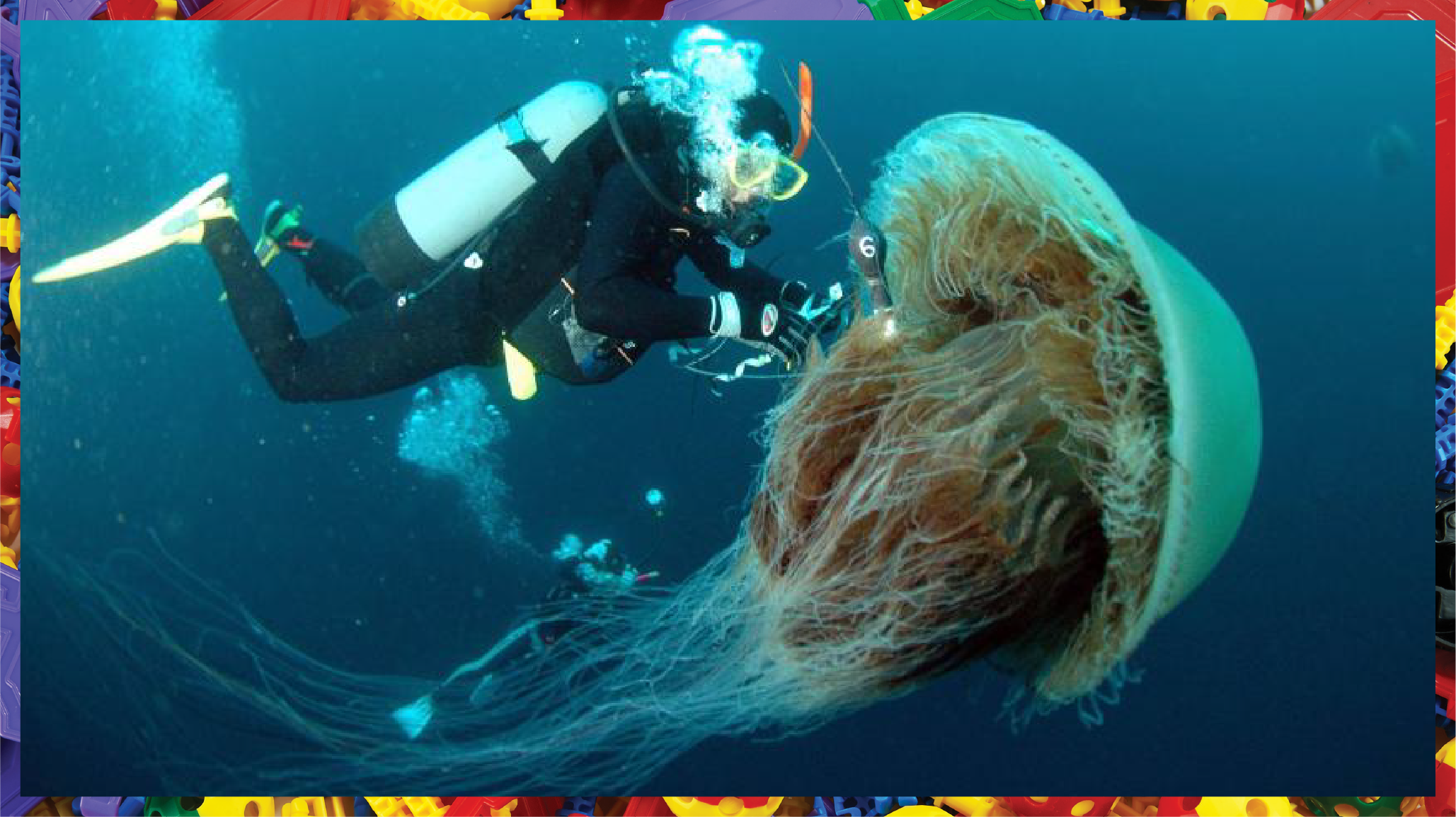
A PECULIAR AMORPHOUS CREATURE
In 2012, news about a strange-looking amorphous creature lingering around an oil-rig sent people into a frenzy. The giant, blob-like organism was seen pulsating for some time, changing shapes and gurgling constantly, taking the people around the rig by surprise. Researchers later explained that the creature was actually a gigantic jellyfish, something already recognized by science. Although it was left unexplained what the creature was doing near an oil rig, people are speculating that the drilling might have caused the large jellyfish to come up to investigate.
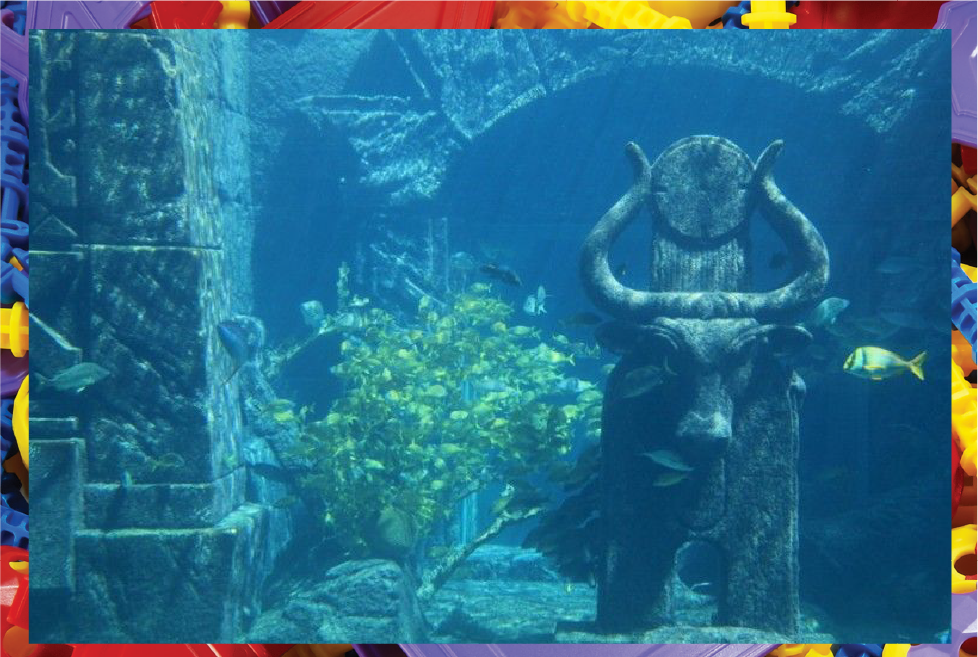
CUBAN UNDERWATER CITY
Off the coast of western Cuba, there is a mysterious underwater structure that depicts ruins of a submerged city with a complex architecture, including corridors, pyramids and hallways. The city is situated almost 2000 feet below sea level and researchers think it would have taken about 50,000 years for the mystical city to completely sink to these depths. Using sonar and underwater video images,
researchers are still in the process of examining the ruins to determine if there really is a lost civilization deep in the waters of the Guanahacabibes Peninsula.
CUBAN UNDERWATER CITY
Off the coast of western Cuba, there is a mysterious underwater structure that depicts ruins of a submerged city with a complex architecture, including corridors, pyramids and hallways. The city is situated almost 2000 feet below sea level and researchers think it would have taken about 50,000 years for the mystical city to completely sink to these depths. Using sonar and underwater video images, researchers are still in the process of examining the ruins to determine if there really is a lost civilization deep in the waters of the Guanahacabibes Peninsula.
THE MERMAID LEGEND
You must have heard of the mermaid legend. Are there really intelligent underwater species beneath the oceans? That remains to be proven but a possible explanation is that sailors on expeditions usually spent long periods at the sea and were at times drunk. These sometimes led to visual hallucinations where some reported seeing mermaids which were in fact manatees.


How many times have you come across the myth of the lost city of Atlantis? According to folklore, this island sank almost a thousand years ago. According to historians, the ancient city never really existed. However, findings of civilizations buried underwater have flamed the fires of this myth. The islet of Bermeja was believed to be located off the north coast of the Yucatán Peninsula during the 16th-20th centuries, but no longer exists on the map anymore. Studies attribute this mysterious disappearance to reasons such as geological shifts in the ocean depths, possible catastrophes and raised sea levels, but nothing has been proven for certain.
The science of water species and intelligent life still needs to be analyzed. The ocean being a vast terrain holds a variety of sea species and exploration technology is still being refined to uncover the different myths surrounding these terrains. With a large percentage of area (95%) still unexplored, marine biologists and researchers are inventing cutting edge technologies and techniques to dive further into these depths. As Rachel Carson said, “Even in the vast and mysterious reaches of the sea we are brought back to the fundamental truth that nothing lives to itself”.
References
https://www.nationalgeographic.com/environment/oceans/photos/strange-looking-sea-creatures/
https://listverse.com/2016/06/20/10-intriguing-mysteries-lurking-deep-under-the-ocean/
https://nypost.com/2016/10/20/strange-deep-sea-creatures-youve-never-seen-before/slide-13/
http://www.lolwot.com/20-of-the-strangest-things-found-under-the-sea/
http://historylists.org/other/list-of-5-most-mysterious-underwater-structures.html
https://oceanservice.noaa.gov/facts/exploration.html
https://www.lonelyplanet.com/cuba/pinar-del-rio-province/peninsula-de-guanahacabibes
http://cdn3.spiegel.de/images/image-519276-860_poster_16x9-lbjg-519276.jpg
https://i.pinimg.com/originals/a4/5b/5d/a45b5d24b18559109230d42876a93f13.jpg
http://soulspottv.com/wp-content/uploads/2016/08/article_455_4_9f6ce53152-1024x536.jpg
ASTRONOMY-SPACE DISCOVERIES THAT WILL BLOW YOUR MIND

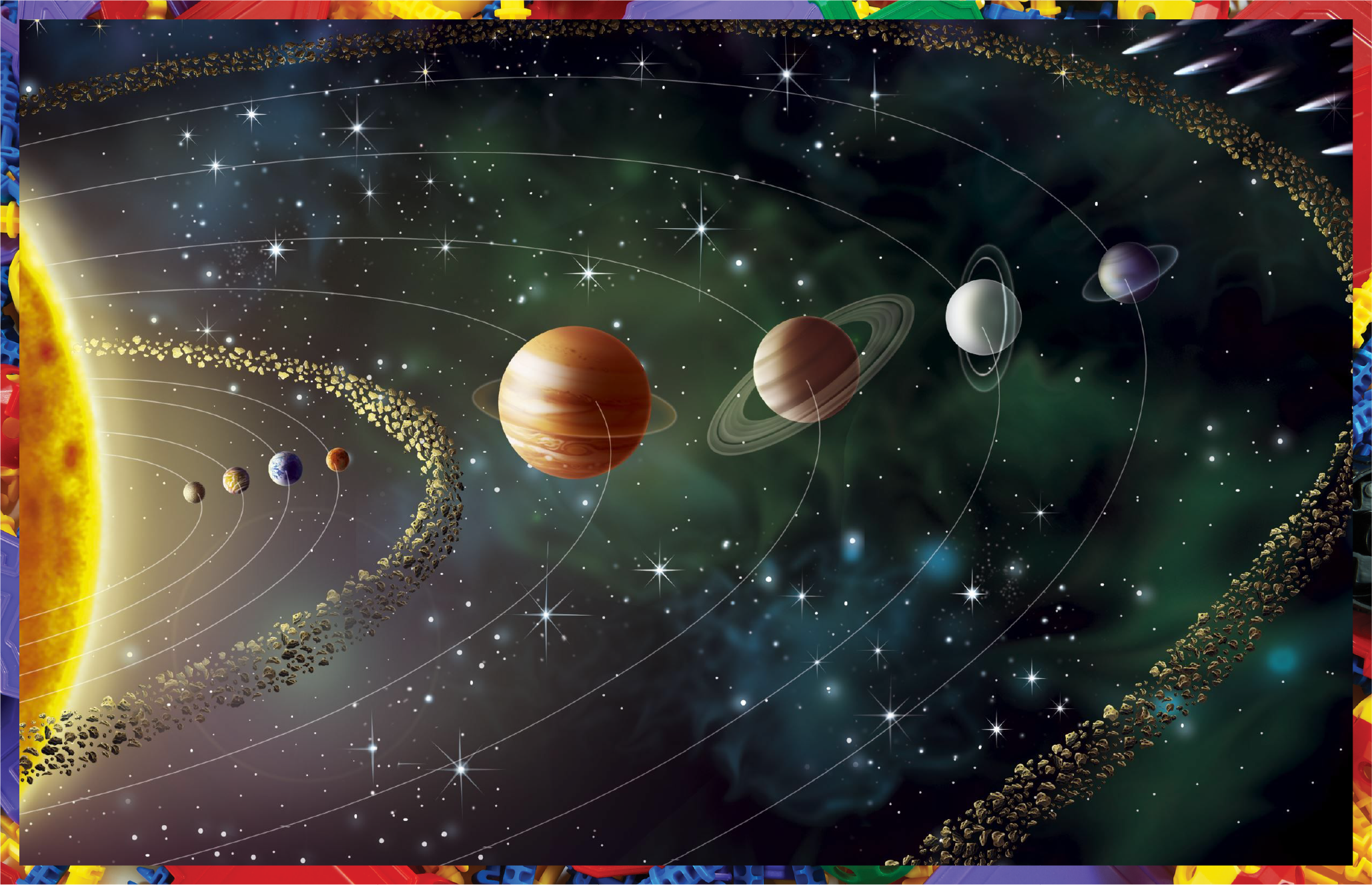
There is so much that man has yet to discover and space exploration provides an exciting avenue for our curiosity. Astrophysicists have made groundbreaking discoveries that changed our initial perceptions and paradigms of space. For example, for years we believed that Earth is the only planet with running water but thanks to space exploration, we now know Mars has intermittent running water as well. What others beliefs have been upended by scientists and explorers?
EXO-PLANETS
Discovery of exo-planets in 1992 using telescopes changed our perception of Earth being the only planet in the solar system. These entities are orbiting planets around stars in the universe and have helped to change human beings’ understanding of the heliocentric model of the Earth, first proposed by Nicolaus Copernicus. The discovery made it clear that there are other planets and bodies that exist

in the solar system, opening up other routes for further exploration. HARPS since 2004 has made use of the Kepler space telescope to discover more than 2000 exoplanets.

GALAXIES
The concept of the galaxy was first introduced by Edwin Powell Hubble in 1923 when he located dozens of variable stars in the Andromeda and calculated their distance. People were hardly acquainted with the knowledge of galaxies in the Milky Way at that time. As stars and exoplanets were discovered, scientists probed further to understand the solar system and its components,
leading to the revelation that the universe is made up of different galaxies. Our solar system is located in the Milky Way galaxy and it is only one of the millions of other galaxies that make up the vast universe.
GALAXIES
The concept of the galaxy was first introduced by Edwin Powell Hubble in 1923 when he located dozens of variable stars in the Andromeda and calculated their distance. People were hardly acquainted with the knowledge of galaxies in the Milky Way at that time. As stars and exoplanets were discovered, scientists probed further to understand the solar system and its components, leading to the revelation that the universe is made up of different galaxies. Our solar system is located in the Milky Way galaxy and it is only one of the millions of other galaxies that make up the vast universe.
THE DISTANT MONSTER
A more recent space discovery was the Planet HD 106906b, termed as a ‘super-monster’ being 11 times more monolithic than Jupiter. The distance of HD from its origin-star is an astonishing 650 astronomical units (AU) where an AU is the average distance between the sun and our planet. Compared to Mars’ 1.5 AUs, the HD has a mind-bending range lying far away from the rest of the planets in the solar system.
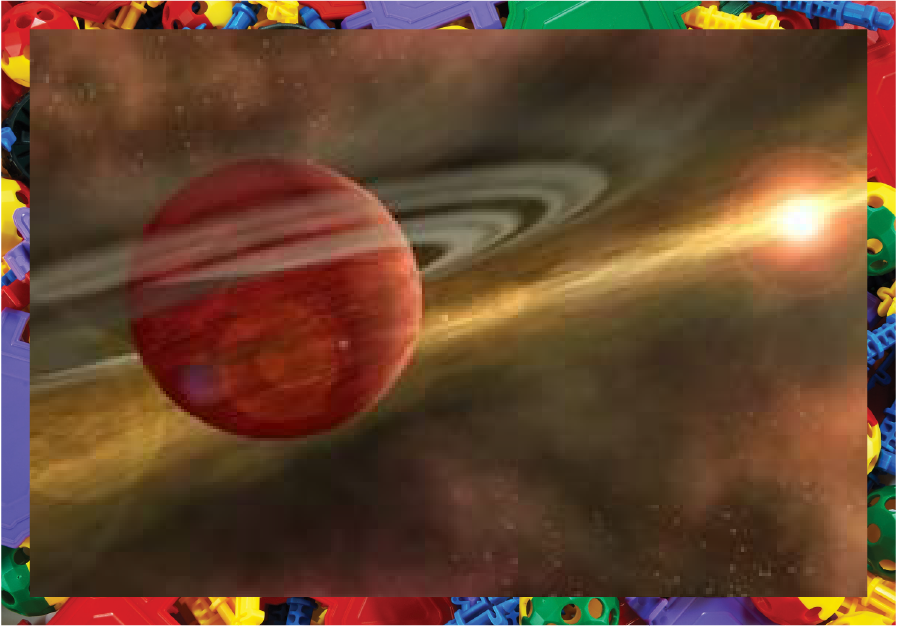
The discovery can lead to further investigation into planet formation and a better understanding of exoplanets orbiting at a larger distance.
THE TRIPLE-STAR SYSTEM

The triple-star system was discovered by the Kepler Space Observatory in 2016 after a research mission of 4 years that led to the revelation of the three stars bound by gravity. The system consists of two small stars in which the tiny one revolves around the larger one every 6 hours. Collectively known as KIC, it’s a mystery astronomers and scientists have still not been able to solve. Researchers termed the behavior as binary, revealing that the pair was orbited by a third body, a stellar star, every 204 days. Although the observatory provided ample details to UK astronomers, the analysis stated that the KIC required further probe. It is still referred to as the ‘impossible triple star’ that remains a mystery.
SPACE ICE

Could we be ice-skating in space some day? Scientists have found out that the temperature of space is -270 degrees, resulting in the formation of ice on certain planets like Uranus and Neptune. The presence of ice suggests a possibility of water on these planets and perhaps, rocky formations and other species.
TO INFINITY AND BEYOND
From satellites orbiting the earth for wind measurements to the completion of Copernicus Earth observation fleet, new endeavors by the Galileo navigation system and Tesla Roadster’s space launch, space exploration appears to be in full swing.
As Christa McAuliffe said, “Space is for everybody. It’s not just for a few people in science or math, or for a select group of astronauts. That’s our new frontier out there, and it’s everybody’s business to know about space”. It won’t be long before you’re planning a trip to Mars or the Moon.
References
https://blogs.agu.org/martianchronicles/2008/04/16/nine-good-reasons-for-space-exploration/
http://www.euronews.com/2017/12/28/what-to-look-out-for-in-space-and-science-in-2018
https://listverse.com/2015/01/05/10-recent-space-discoveries-no-one-can-explain/
https://earthnworld.com/2017/07/top-10-amazing-space-discoveries/
https://www.space.com/15684-nicolaus-copernicus.html
https://img-s-msn-com.akamaized.net/tenant/amp/entityid/AAnbIpR.img?h=373&w=624&m=6&q=60&o=f&l=f
http://www.redorbit.com/media/uploads/2016/03/Figure2.png
http://www.justscience.in/wp-content/uploads/2017/10/ice-in-space.jpg
5 MIND BENDING DISCOVERIES IN PHYSICS
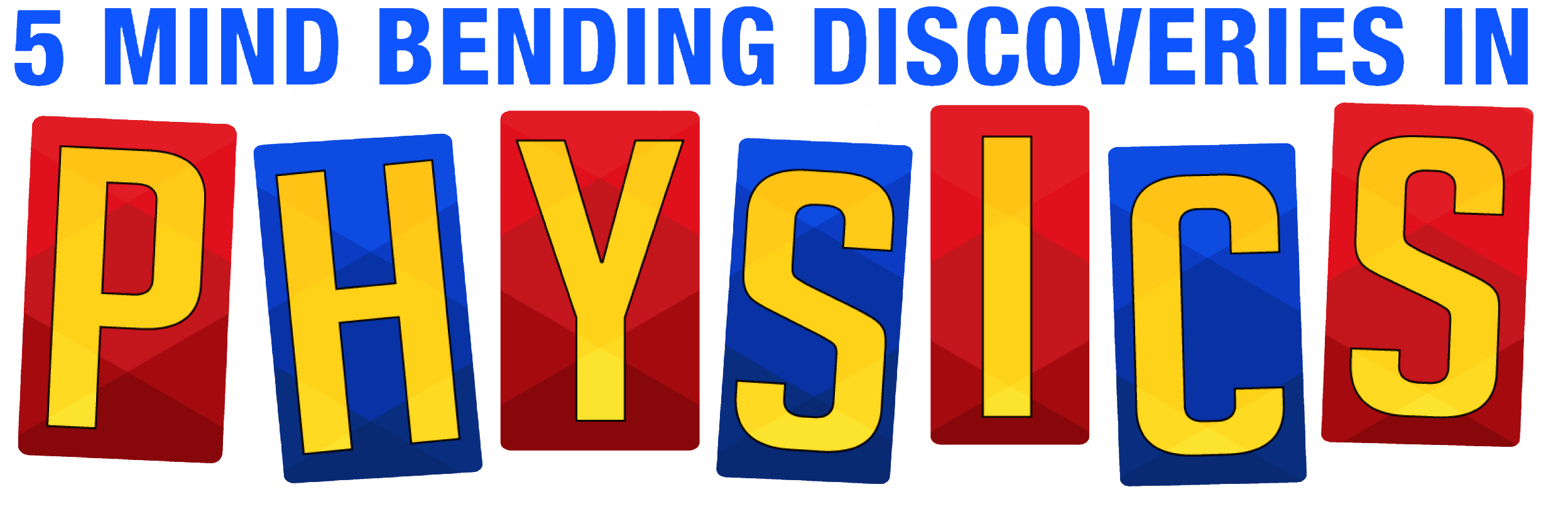

The Universe. A vast, mysterious system, running on energy, forces, laws and theories which intrigue and evade us. A few brave souls have tried and succeeded in unlocking some of the mysteries of the cosmos , leading to discoveries like Planck’s Constant, the Theory of Special Relativity, the Natural Unit of Light and Gravitational Laws. These findings help us understand our world a little bit better. Here are 5 mind blowing discoveries in physics that changed how we see the phenomena around us.
Theory Of Special Reality
The Theory of Special Relativity was established by Albert Einstein, who surmised time would stop if you move at the speed of light. Technically, the speed of light moves at a constant speed of 3 x 10^8 meters/second. This theory is based on the concept of time expansion, so the faster you move, the slower time passes with regards to your surroundings. This means the clock won’t tick if you move at the speed of light as the time would slow down so much that it would eventually come to a stop. Einstein’s work on special relativity led to the theory of general relativity in 1915 after much mulling over the effects of introducing acceleration to the Theory of Special Relativity.


The Quantum Foam
The general perception of empty space is of an emptiness, with nothing occupying the spatial points in it. Thanks to John Wheeler, we know this is not how space is composed. There are real virtual particles that exist temporarily, moving in and popping out of the realm. They have been tested and proven by expert physicists. This phenomenon is called the Quantum Foam and scientists termed it so because the virtual molecules resemble the shifting bubbles similar to ones usually seen in fizzy drinks. Although they are real, they only exist for a short time, a fraction of a second, before they quickly disappear without affecting the inherent laws of physics.
All Matter is Energy
Another striking discovery is Einstein’s mass and energy equivalence (E=mc2), which states that although these two physical quantities may be contrasting, they are in fact related. According to the theory, the energy stored in any specific amount of mass or object can be calculated by using the conversion factor of c2, where c is a constant for the speed of light. This reinforces that the energy of an object is very large even if its mass is very little.

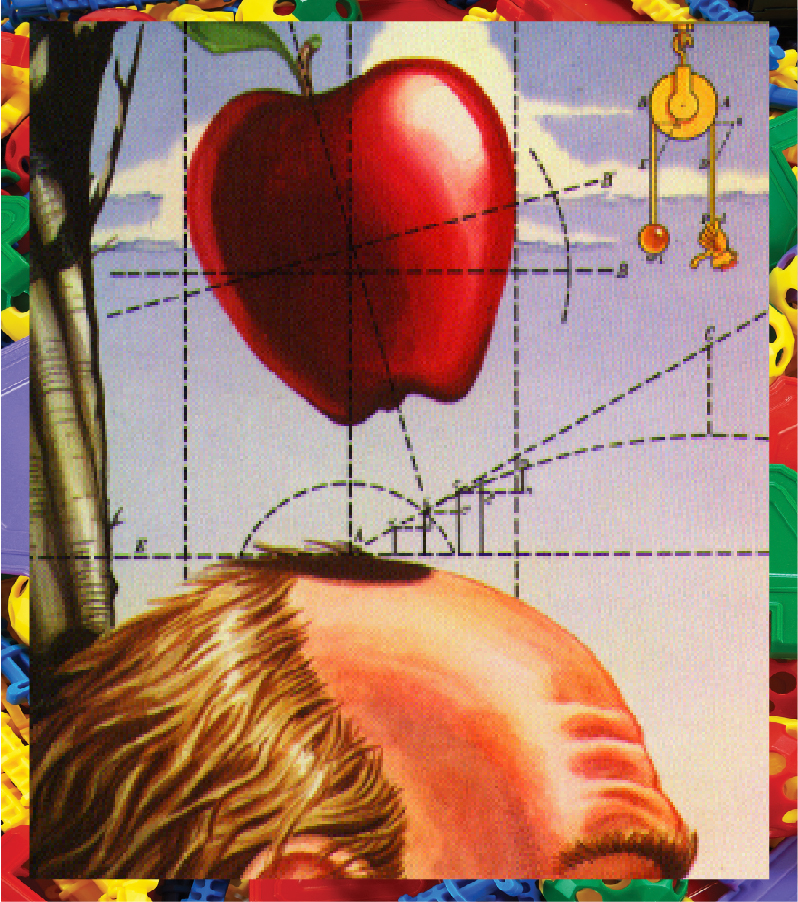
object fall at
the same speed
No, heavy objects do not fall faster than lightweight ones! The Law of Gravitational Force prevails. A ball used for bowling does fall quicker than a bird’s feather, but this has no concern with gravity at all. The resistance from the earth’s atmosphere is responsible for this. The initial acceleration for the feather is the same as for the bowling ball. However, the feather’s surface area to mass ratio is greater, reducing its top speed and causing it to fall at a slower rate. This discovery by Galileo 400 years ago paved the way for further exploration and discoveries, especially in modern physics.
wave particle duality
The Wave Particle Duality Theory suggests both light and electrons can act as particles and waves as well. Generally, particles such as electrons and light waves cannot be alike since particles are solid state of matter while waves are comprised of energy beams. However, scientists have proven light can be both a wave and a particle, as can electrons. The small wavelengths of an electron are useful aids for inspecting objects smaller in size. Similarly, neutrons with wavelengths measuring 0.1nm, the typical atomic spacing in a solid material, provide useful insights into the structure of solids.

These groundbreaking discoveries over the years have been instrumental in further explaining a multitude of significant physics concepts. These discoveries from Albert Einstein, Galileo and others paved the way for modern physics and brought us a few steps closer to solving the enigma of the universe.
References
http://listverse.com/2013/05/07/10-mind-bending-discoveries-in-physics/
https://www.toppr.com/bytes/top-5-discoveries-in-physics-that-will-blow-your-mind/
https://science.howstuffworks.com/science-vs-myth/everyday-myths/relativity.htm
https://en.wikipedia.org/wiki/John_Archibald_Wheeler
http://hyperphysics.phy-astr.gsu.edu/hbase/mod1.html
https://i.pinimg.com/originals/86/33/8f/86338ffdb7b99143b7d36771e400ed81.jpg
https://www.mnn.com/earth-matters/space/stories/what-quantum-foam
http://reflectionsandtidbits.com/wp-content/uploads/2017/09/emc2-945x632.jpg
https://www.thoughtco.com/definition-of-wave-particle-duality-605947
THE BEAUTIFUL BIOLOGY OF A BUTTERFLY


Ever wondered how a wiggly little caterpillar blossoms into a colorful fluttering butterfly? Butterflies normally go through complete metamorphosis and the entire lifecycle is divided into four distinct stages. A butterfly has to go through each of these four stages called the egg, larva, pupa and adult, where each lifecycle phase has a particular purpose or goal. Based on the species of the butterfly, the metamorphosis may span anywhere from 30 days to an entire year!
THE FIRST STAGE: THE EGG
The initial form of a butterfly is a tiny spherical or cylindrical egg lying on the surface of a leaf. If you peer closer, you’ll notice a small caterpillar or a tiny larva growing inside it. The shape of the egg normally depends on the specific type of butterfly that laid it and can range from basic oval to round and even ribbed figures. Most of these eggs can be found on the leaves of outdoor plants and garden plantation.


THE SECOND STAGE: THE LARVA (CATERPILLAR)
Don’t expect a butterfly to pop out right away as soon as the egg hatches. In the second stage, the egg transforms into a butterfly larva known as the caterpillar. The caterpillar is the star of this stage, and its role is to eat the leaf it was born onto. The type of leaf consumed depends on the type of caterpillar. The tiny, stubby thing cannot move onto to a new plant and so has to hatch on the kind of leaf it likes to eat. This is the basic goal of the larva stage, which prepares the caterpillar for the next phase in the metamorphosis.
THE THIRD STAGE: PUPA/CHRYSALIS
The pupa or chrysalis phase is the core transformational stage for the lifecycle of a butterfly. Once the caterpillar has grown into the required size, the tissues are broken down and the limbs and organs are shaped into a pupa, also referred to as a chrysalis. If you look at the outer part of the pupa, you’ll feel as if the caterpillar is just taking a rest but it is in fact growing and transforming inside the chrysalis. Within the pupa, the caterpillar undergoes remarkable physical and structural changes to develop the exquisite parts of a butterfly. By the time the pupa is complete, the transformed caterpillar is all ready for the fourth and final stage of the life cycle.


THE FINAL STAGE: ADULT BUTTERFLY
This stage features the emergence of the adult butterfly from the pupa once the caterpillar has undergone full transformation and all necessary changes to its form are complete. As soon as the butterfly comes out of the chrysalis, you’ll notice its wings are a bit soft and aligned towards its body. The folded wings with a gentle feel to them are so because the butterfly has to fit all the body parts inside the pupa while the metamorphosis is in process. As soon as the butterfly has rested after moving out of the chrysalis, it goes to work by pumping blood into the new wings which need to flap so it can fly. It takes the butterfly 3 to 4 hours to develop flying expertise after which it is ready to reproduce and lay some eggs.
You can enjoy watching a butterfly grow out of a tiny caterpillar if you have your own butterfly garden or try using any of the cool butterfly raising kits to see this incredible process for yourself.
References
https://www.thebutterflysite.com/life-cycle.shtml
http://mocomi.com/life-cycle-of-a-butterfly/
https://animalsake.com/caterpillar-identification
https://www.monarch-butterfly.com/butterfly-kits-for-children.html
http://hdwallpapersrocks.com/wp-content/uploads/2013/12/Cute-butterfly-wide-wallpapers.jpg
https://www.flickr.com/photos/35110249@N05/28226201639/in/photostream/
http://www.animals-gallery.com/?p=29972/
https://i.pinimg.com/564x/b8/cc/18/b8cc186c445960340d2d4a83c2f2acd5.jpg
5 SECRETS FOR MAKING LEARNING EASY


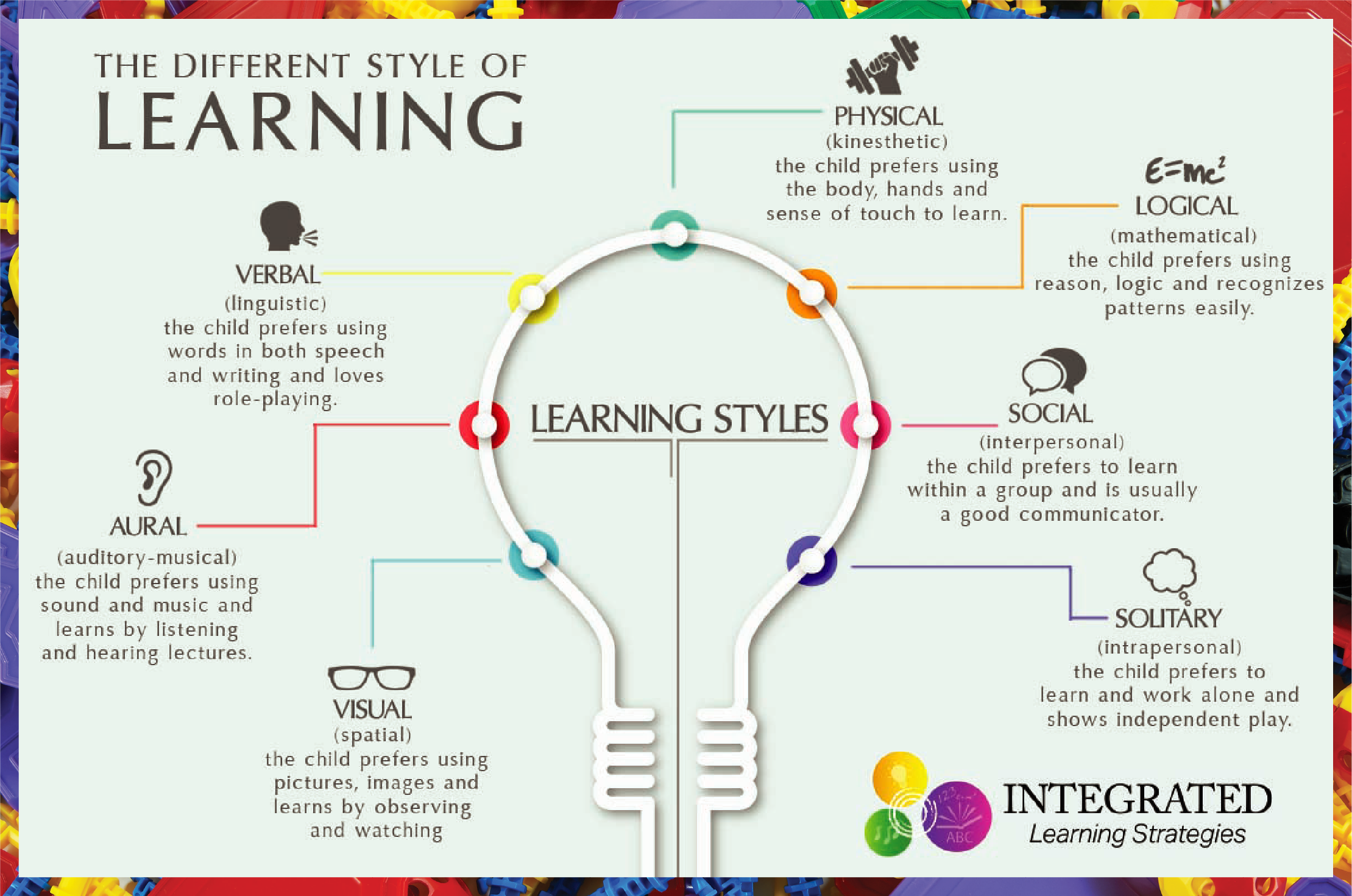
IDENTITY YOUR
LEARNING STYLE
Finding out about your learning style is the place to start if want to learn a new skill promptly or score top grades in your class. While some learn better through a visual mode such as reading, others may feel comfortable grasping new concepts through listening (auditory learning) or physical activities (kinesthetic learning). Identify your specific learning style and embed the Multi-pass approach within it to customize your own learning technique so you can work smarter, not harder. For example, if you’re an audio learner, then make use of audio CDs to acquire new knowledge during a traffic jam to make your time more productive. If you prefer music playing in the background while you’re studying, then put on your favorite tune and have fun learning.atures and capabilities of a person. These relate to the way we perceive things and pick out patterns to organize and arrange them in a meaningful manner within a knowledge base.
Multi-pass
Approach
The multi-pass approach relates to tackling a new concept, theory or material instantaneously. The sooner you get it out of the way, the better your subconscious mind will be able to process the next phase where the comprehension and assimilation of the material really begins. Fuse this approach with your preferred learning style and you’ll definitely notice the effects the next time you glance at the same material.
Transform Your
Learning Paradigm
While analyzing a piece of information or looking at some material, change your learning paradigm to bring about a shift in the role or viewpoint.For example, you could look at a school assignment from the point of view of a teacher or analyze the outcome of a proposed solution at work from the perspective of the client. This will help you keep the final outcome in mind so you can sift through the information easily.
KNOW INTELLIGENCE IS
DISPERSED THROUGHOUT THE BODY
Every part of your body has a mind of its own. Ensure your brain and body are in harmony with each other when studying and look out for any deviating signals your body might be giving you to signify a disconnect between what your mind is learning and what your body wants. It’s your mind’s way of telling you there are other, more significant needs you should pay attention to.

GO TAKE THAT BRAIN-BREATHER
You should schedule short breaks within an extended period of study, for example a 5-minute getaway after every 45 minutes and 15-minute break every 2 hours. According to research, the human brain retains most of the first and last components of the study material so take short breaks during regular intervals to expand these components. It’s also a great way to give your brain a breather so you can resume with a fresh, sharper mind to be more productive.





